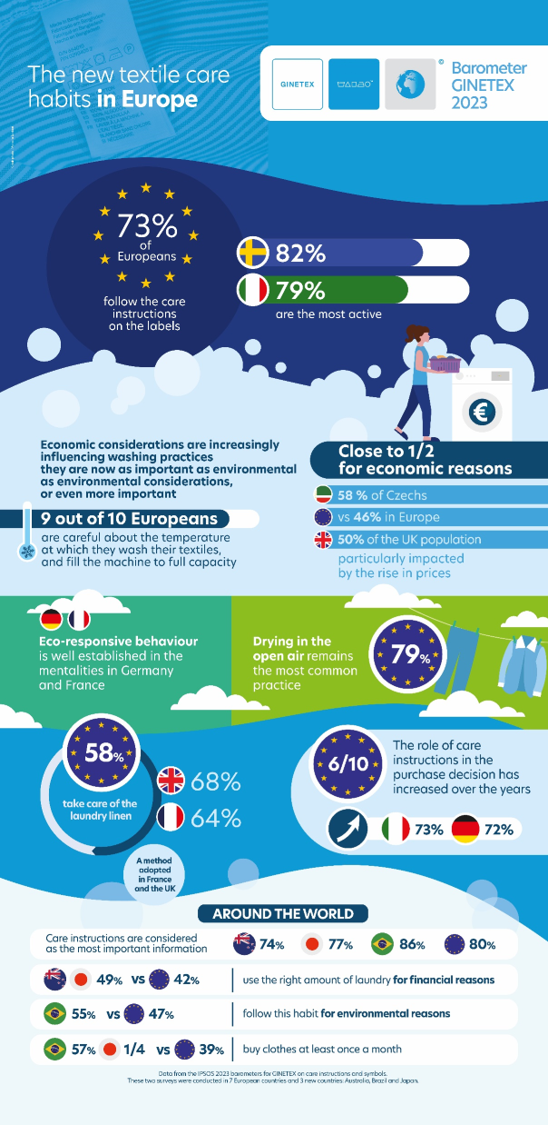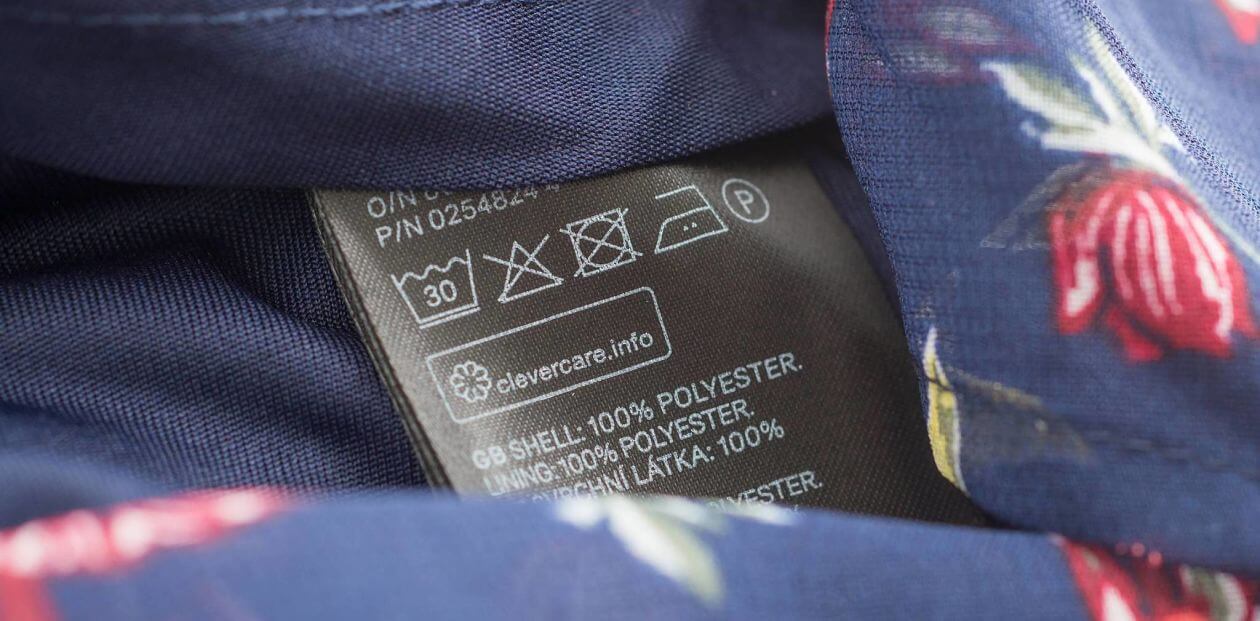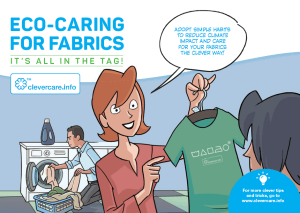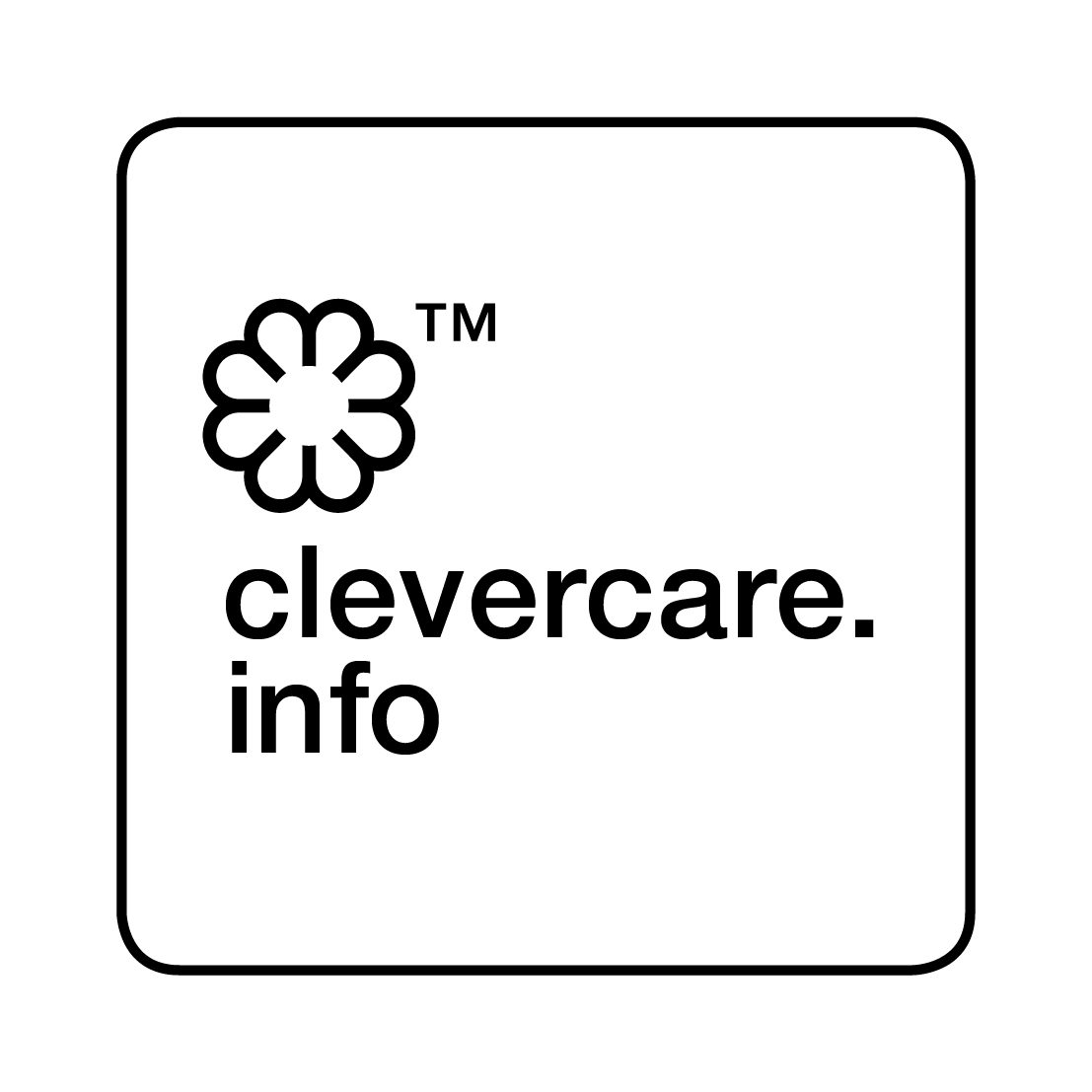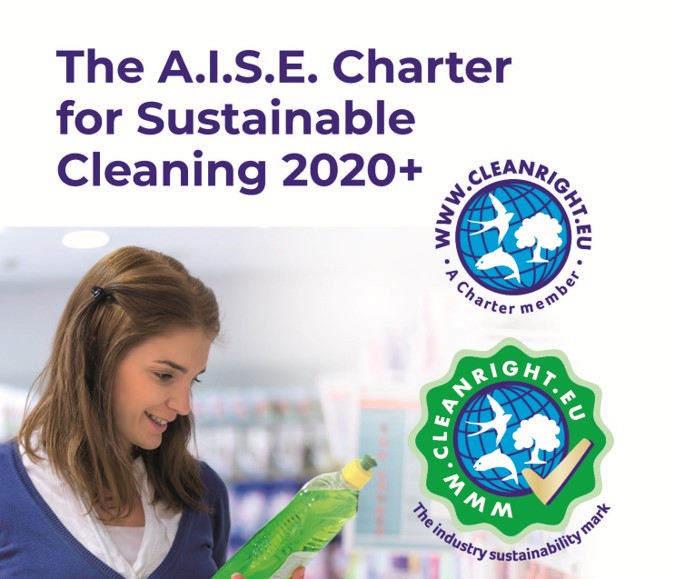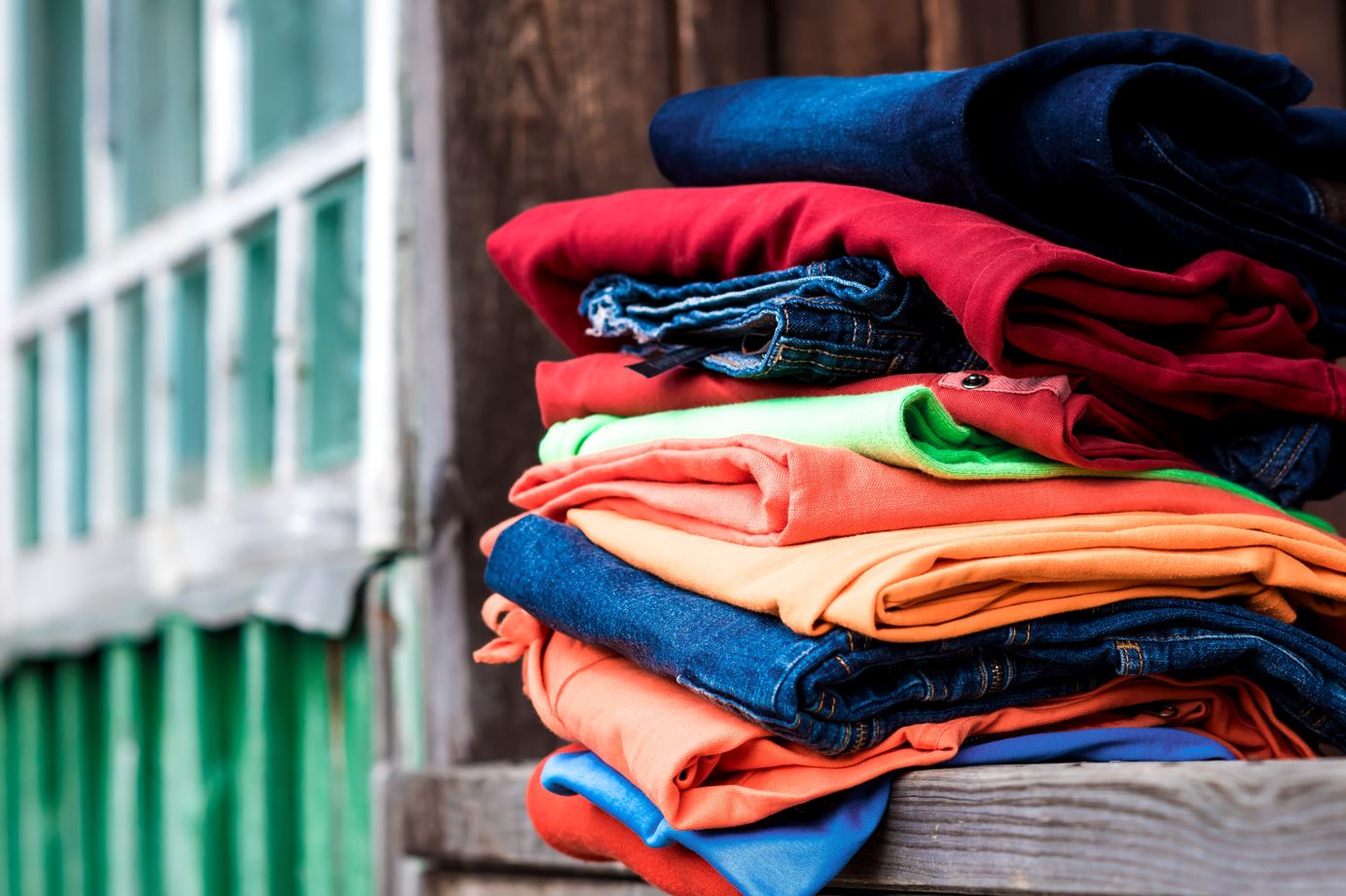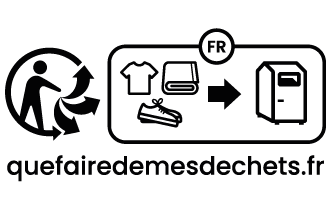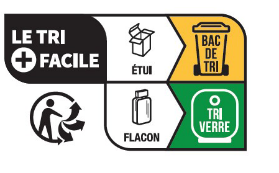MY CARE LABEL app promoted by SOTEX GINETEX CZ in the in Czech Republic
SOTEX GINETEX CZ, member of the international GINETEX association since 1996, has been promoting textile care symbols in the Czech Republic for decades. The aim is to raise awareness among companies and the public. Among other promotional initiatives, SOTEX GINETEX CZ regularly presents the results of the IPSOS barometer at professional conferences and meetings.
This year, SOTEX decided to put the My Care Label application under the spotlights, which has been available in Czech since February this year. While Czech consumers have a long-term interest in sustainable care and are keen on keeping their products in the best possible condition, many of them still cut their textile labels off, depriving themselves of important information.
SOTEX therefore launched a media campaign to introduce the My Care Label application (Muj štítek in Czech) to the public, explaining its benefits and encouraging consumers to download it. The campaign started on May 20th with a press release and informative articles in trade magazines and on popular portals. This was followed by an advertising campaign via Google Ads and promotion on Facebook.

The campaign focuses on the app’s purpose and how it can help care for textiles on a daily basis. Although the symbols for whitening, drying and professional care are not well known in the Czech Republic, what consumers are most interested in is advice and recommendations. The meaning of the symbols is less important to them.
The number of iOS users in the Czech Republic is low, so the campaign focused on optimisation for Android users, the most popular topics having to do with environmental protection
and proper textile care.
The slogan "Revolution in textile care" proved to be the most successful one and when testing the colour variants of the banners, the blue series attracted the most attention.
“Ad success is higher on Google Ads than on Facebook.
On Facebook, people see the ads but don't download the app.” says Ladislava Zaklová, managing director of SOTEX GINETEX CZ.
Since February, the application has been downloaded approximately 800 times in all countries where it is available, including almost 200 times in the Czech Republic.
“But our work does not stop there. We're constantly monitoring how the app is performing with consumers and developing new content focused on gentle care and spot cleaning, which seems to be the most popular with consumers. We believe that the number of downloads will gradually increase, bringing us closer to our ambitious goals.” Adds Ladislava Zaklová.
For more information, please contact Ladislava Zaklová, managing director of SOTEX GINETEX CZ, z.s.
www.sotex.cz, www.symbolyudrzby.cz
Tags : Care



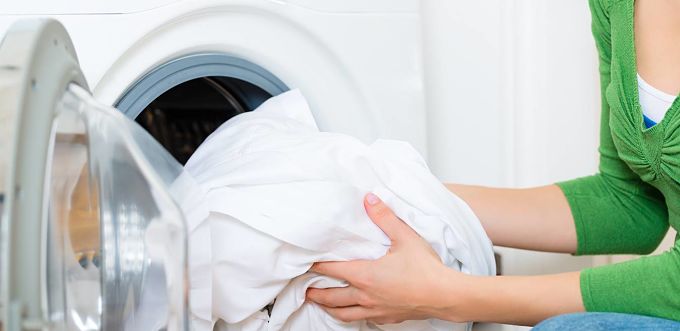
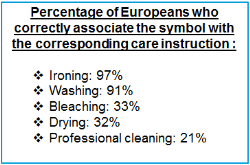
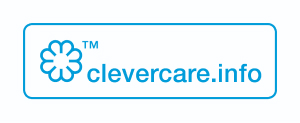
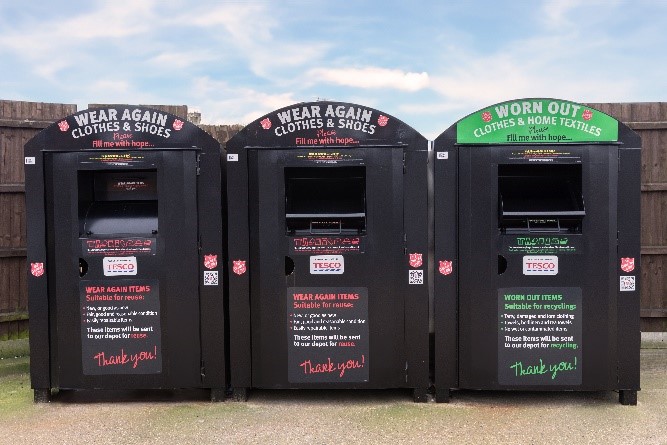
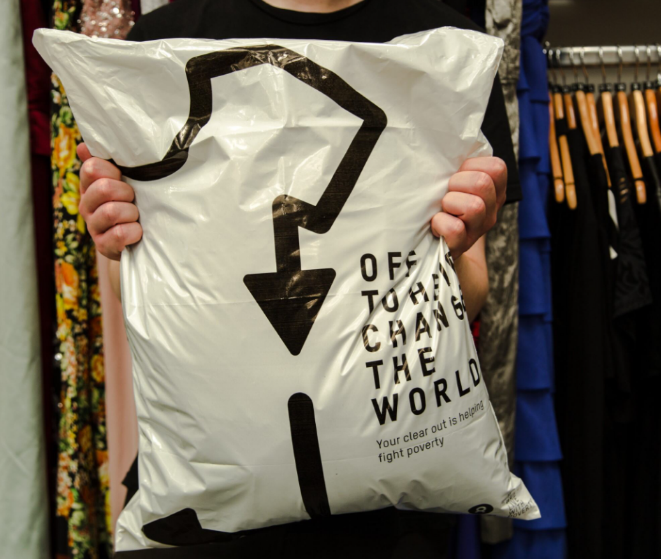


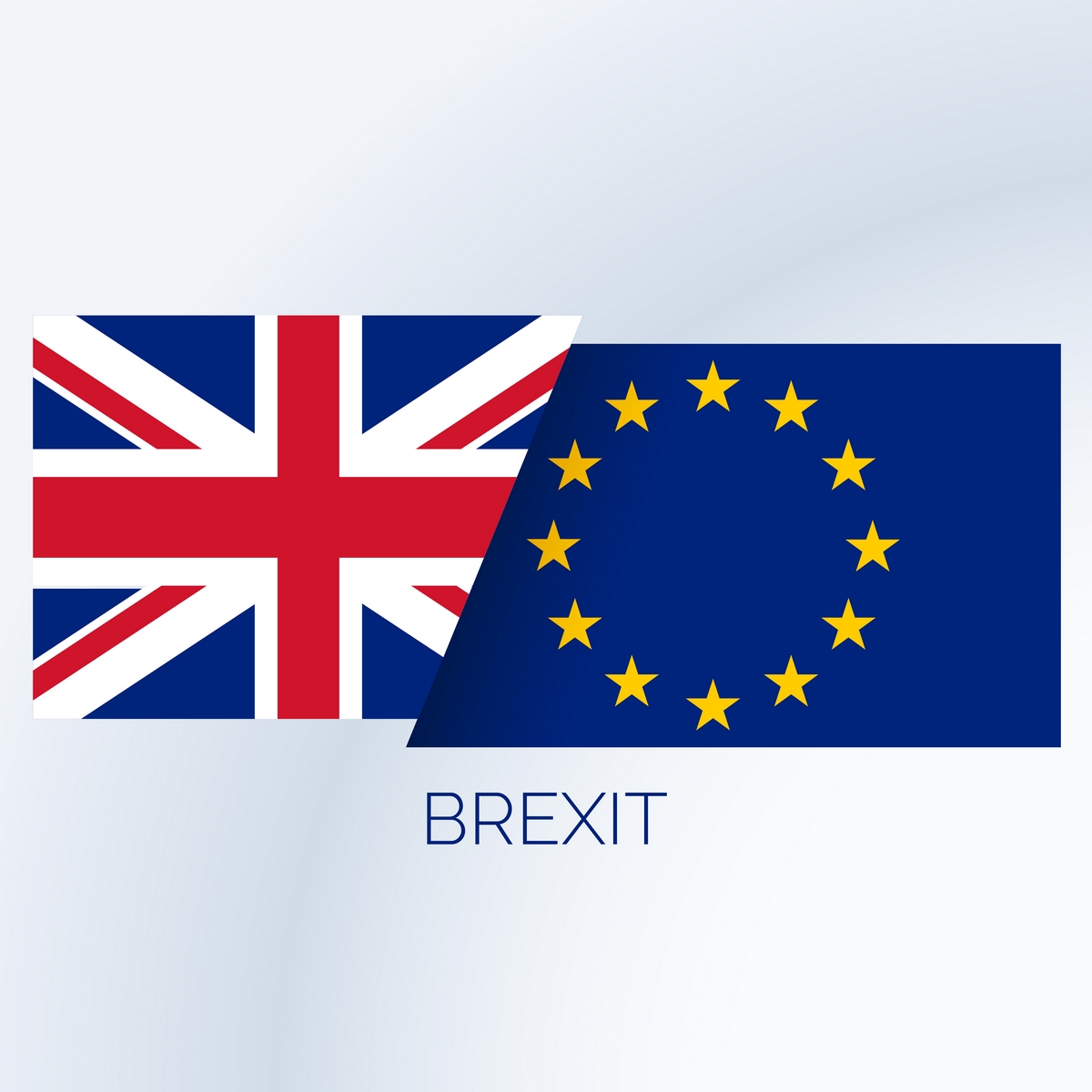
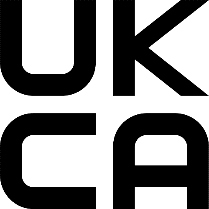

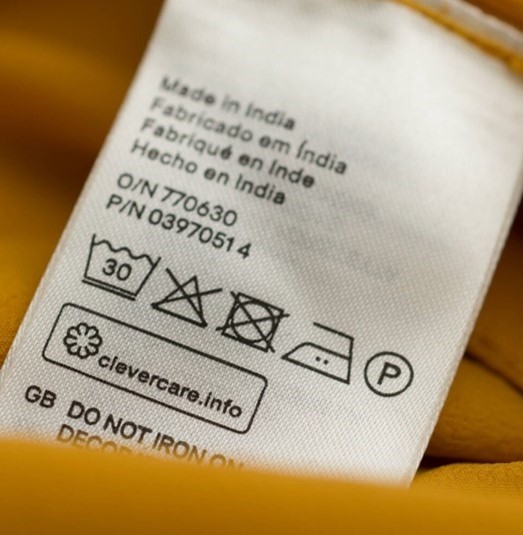
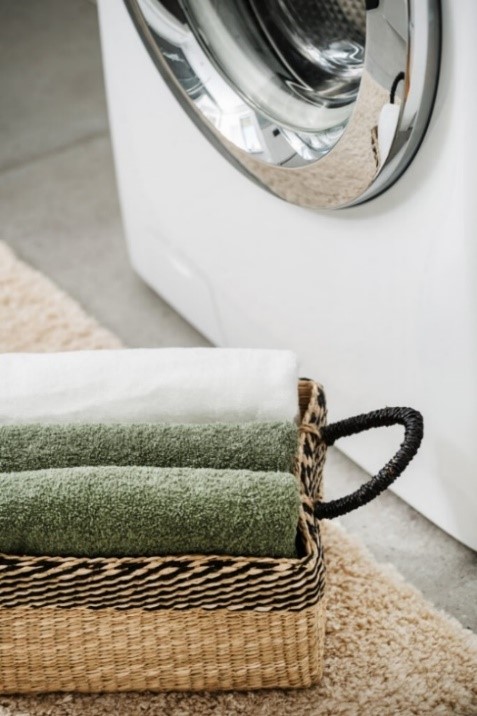
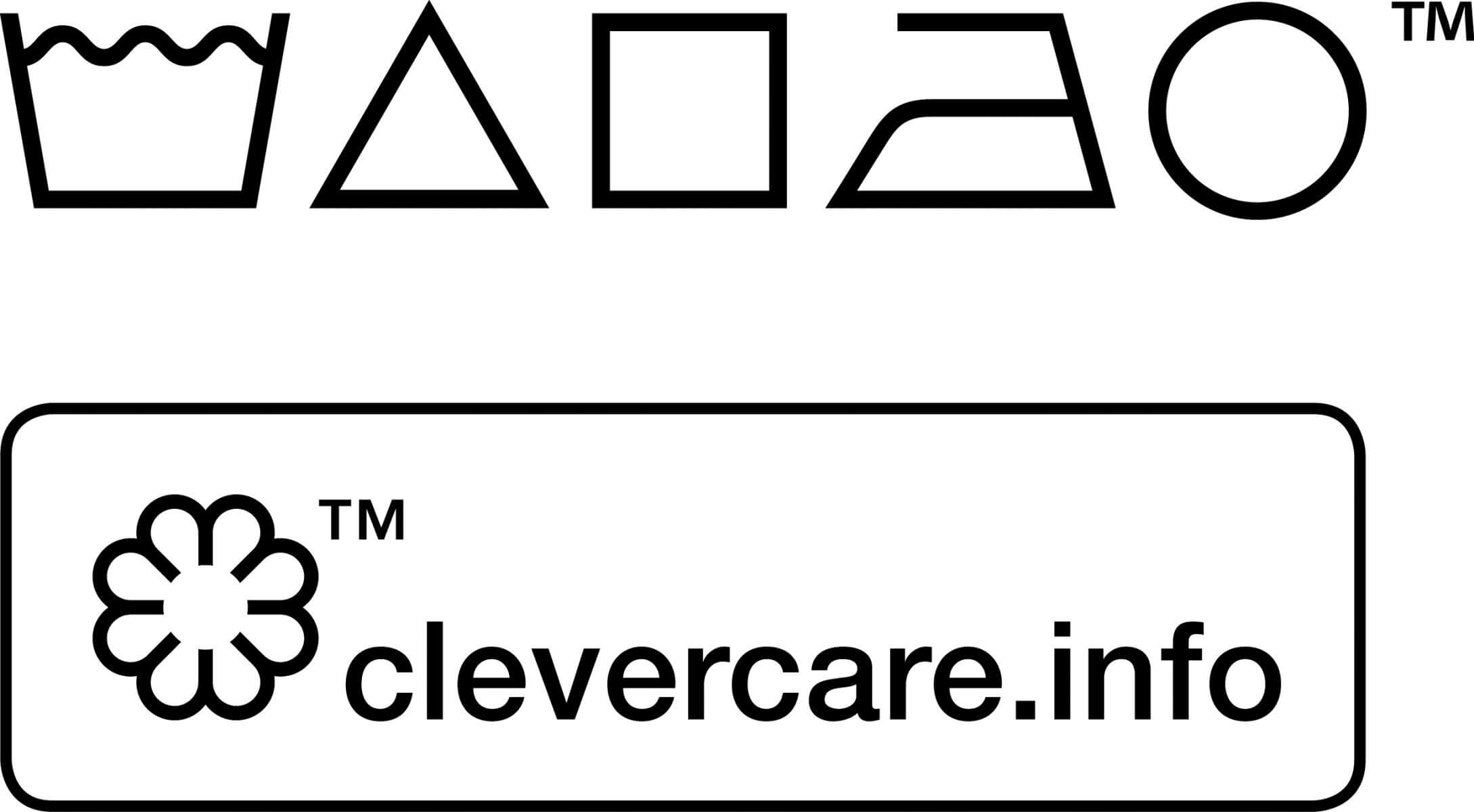

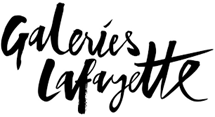
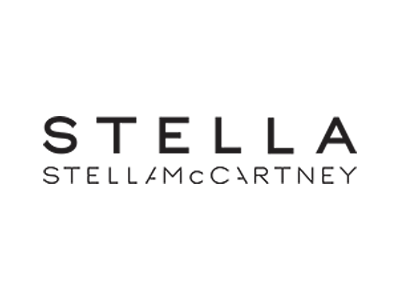
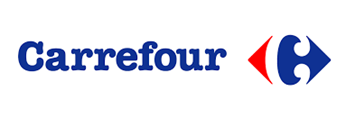

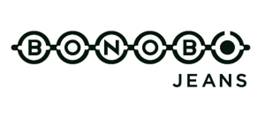
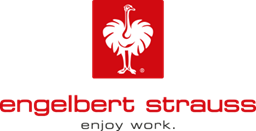


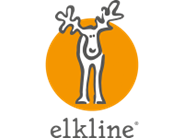
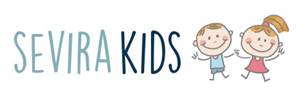



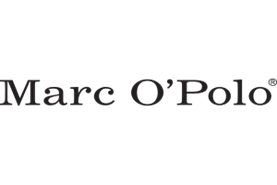
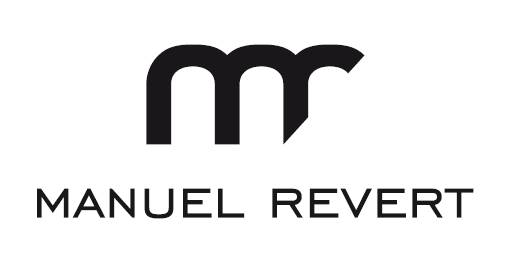
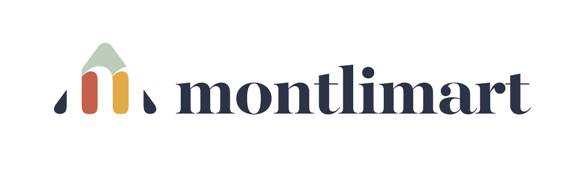
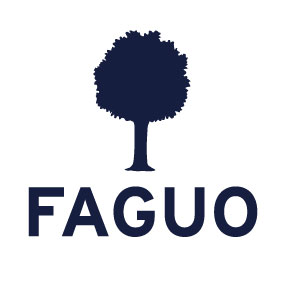
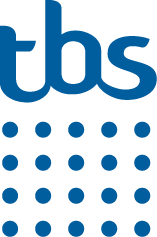
.JPG)
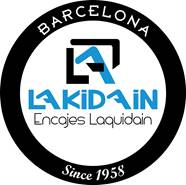
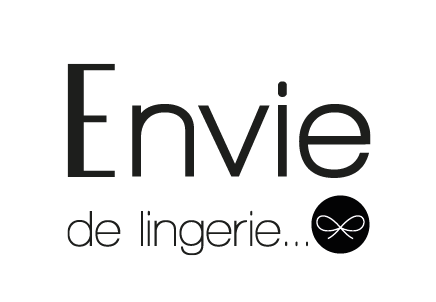
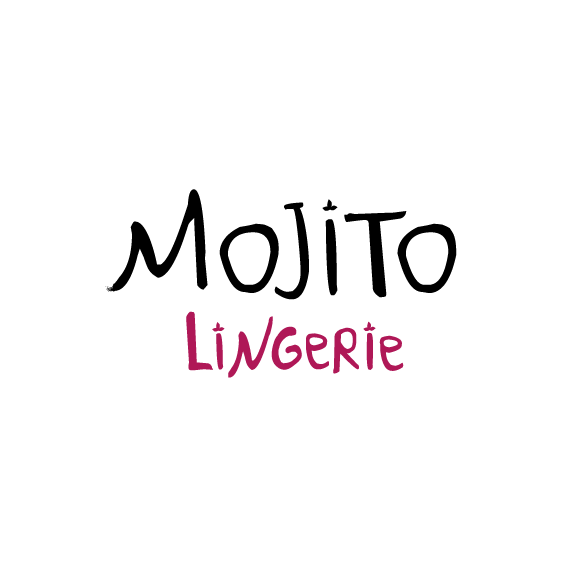
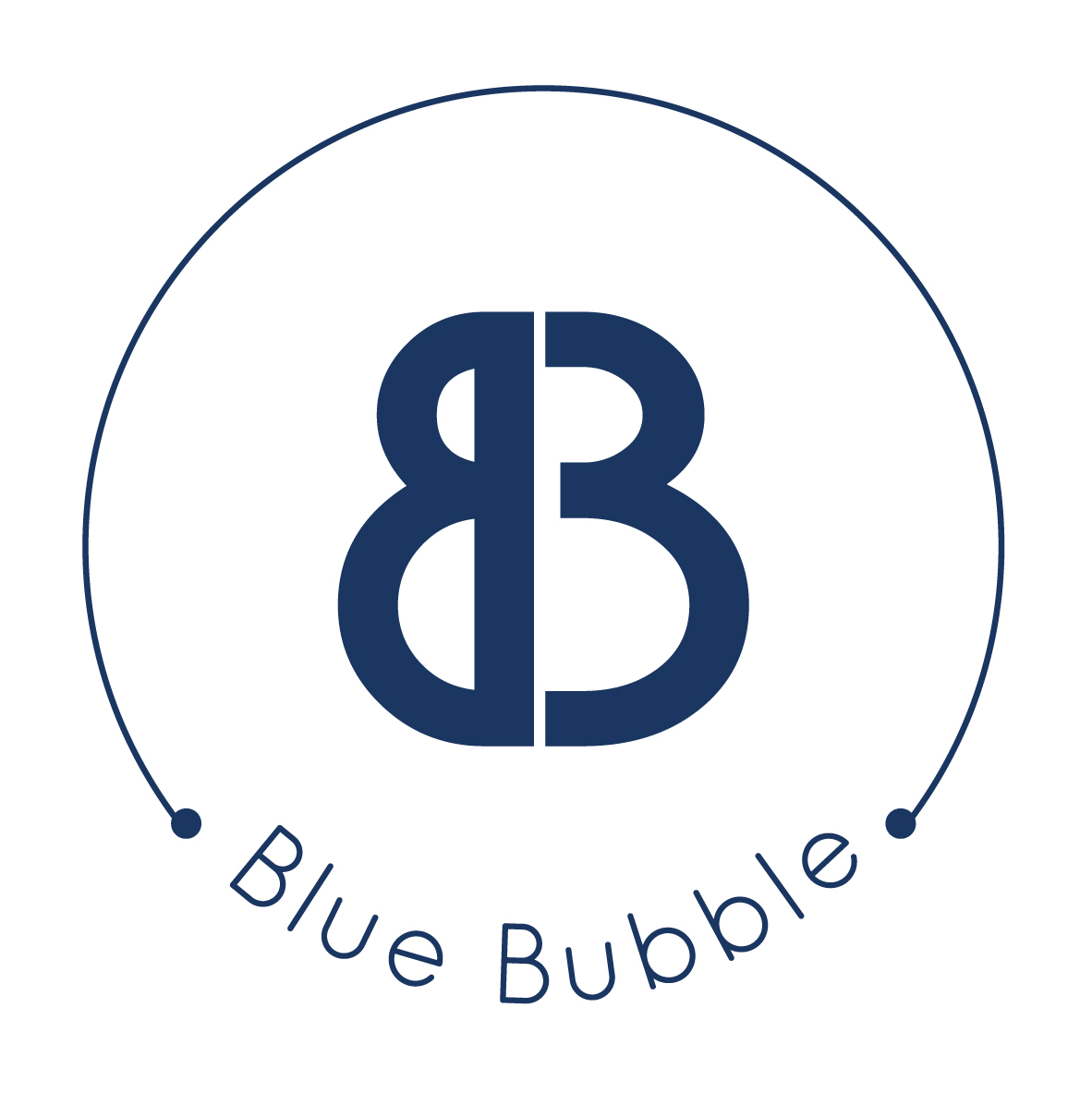
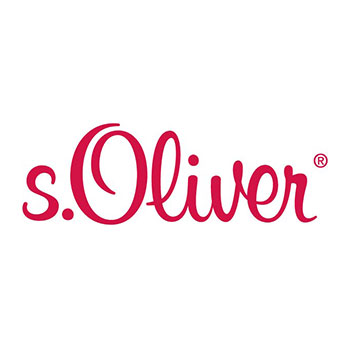
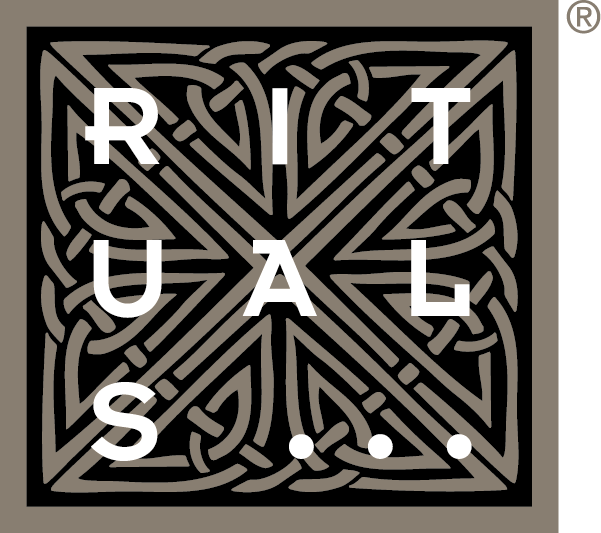
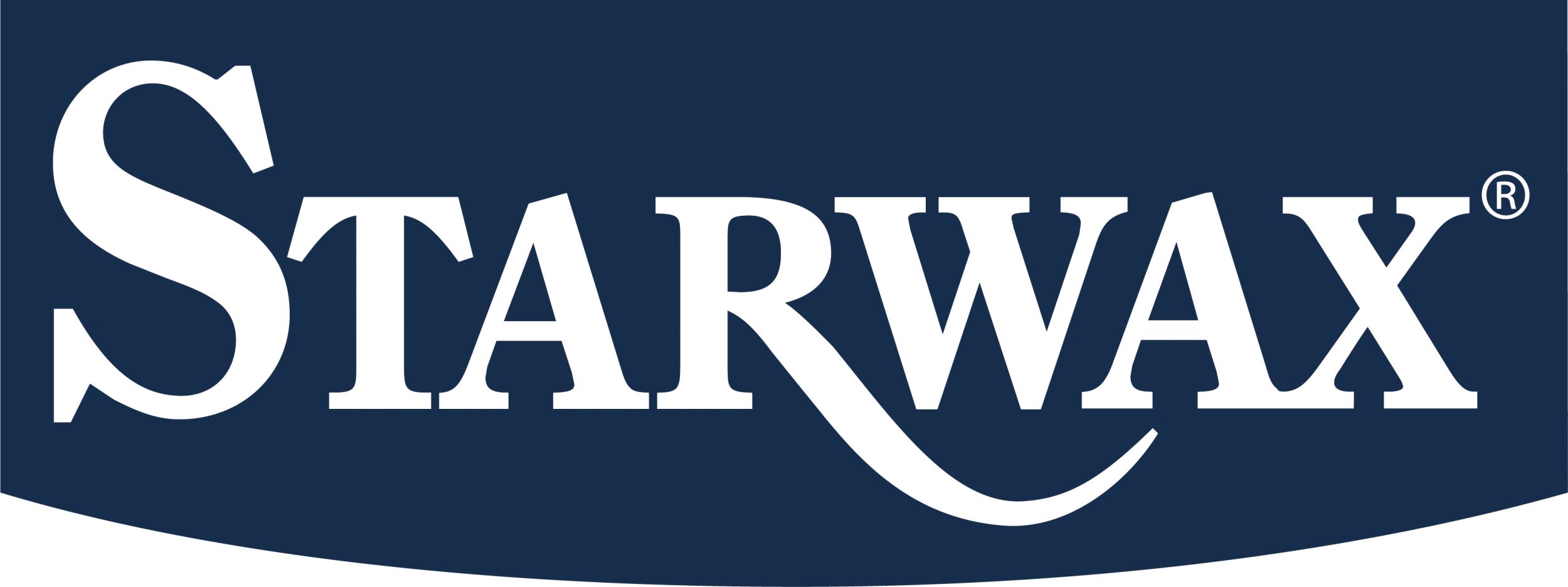
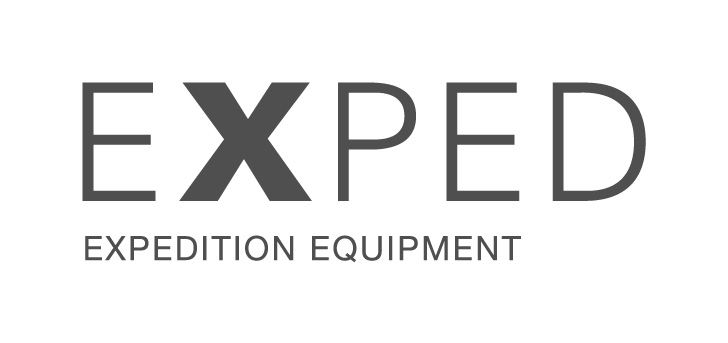
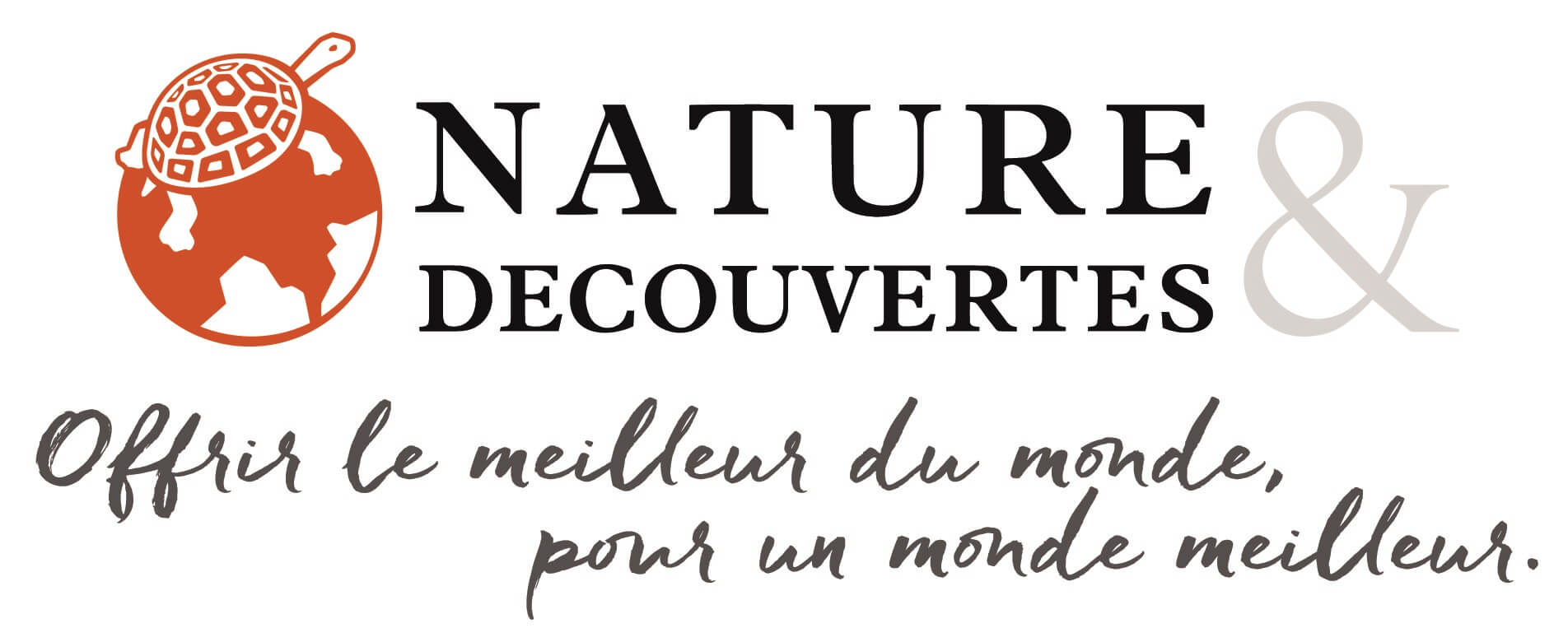
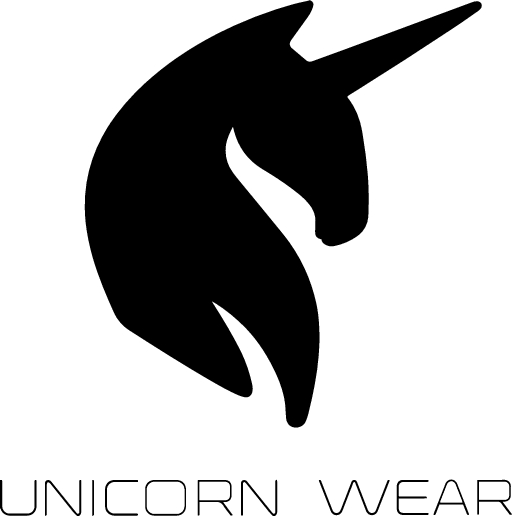
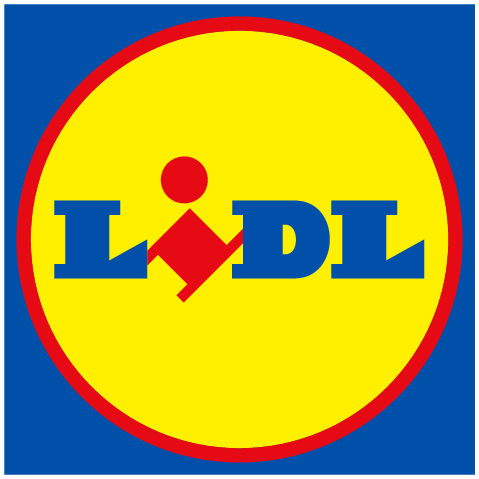
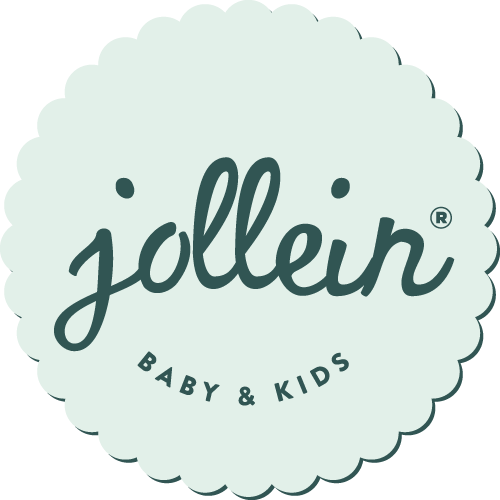
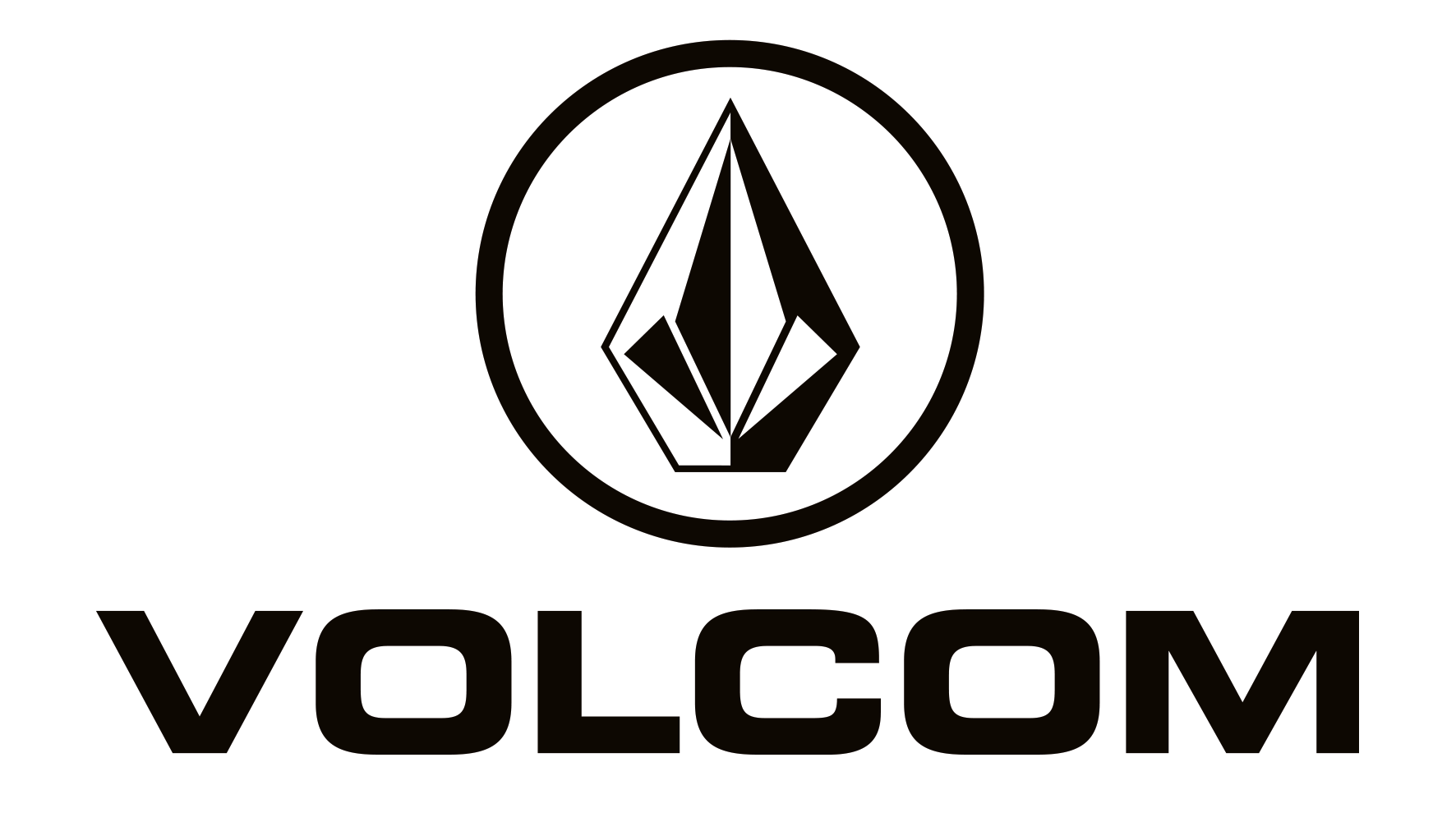
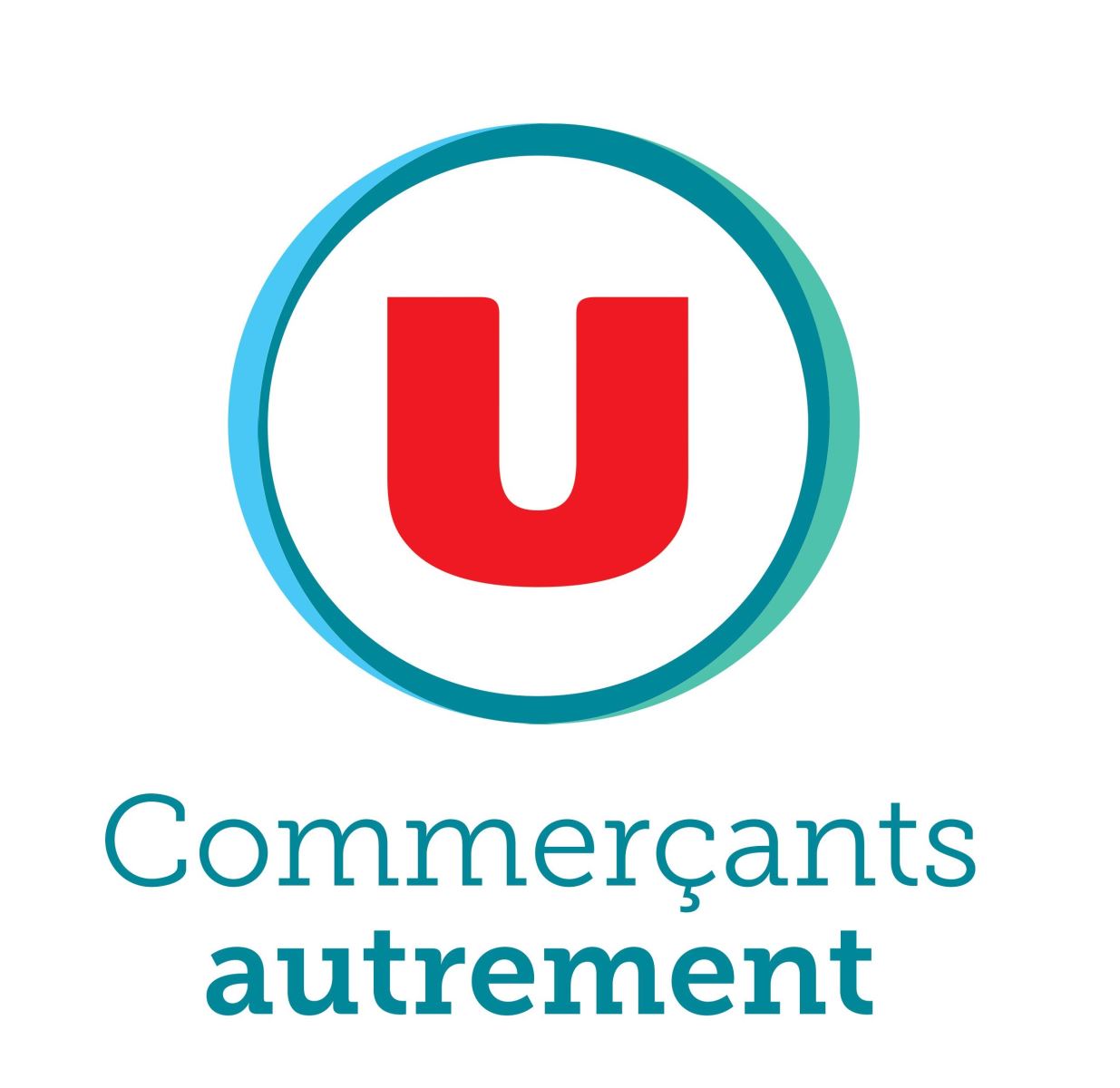

.png)
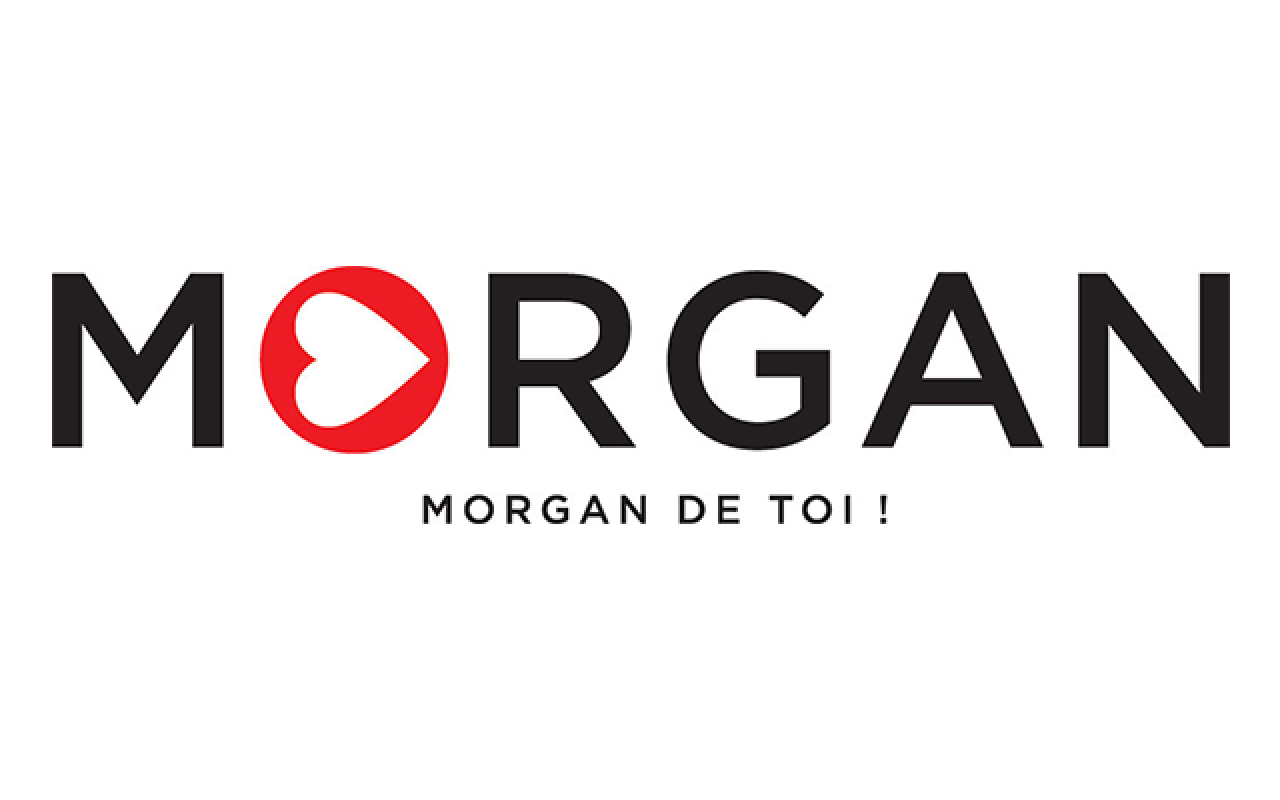
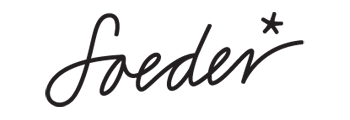
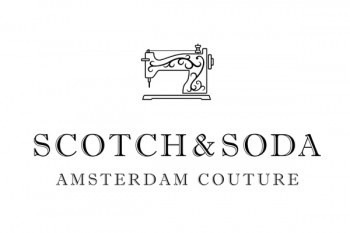

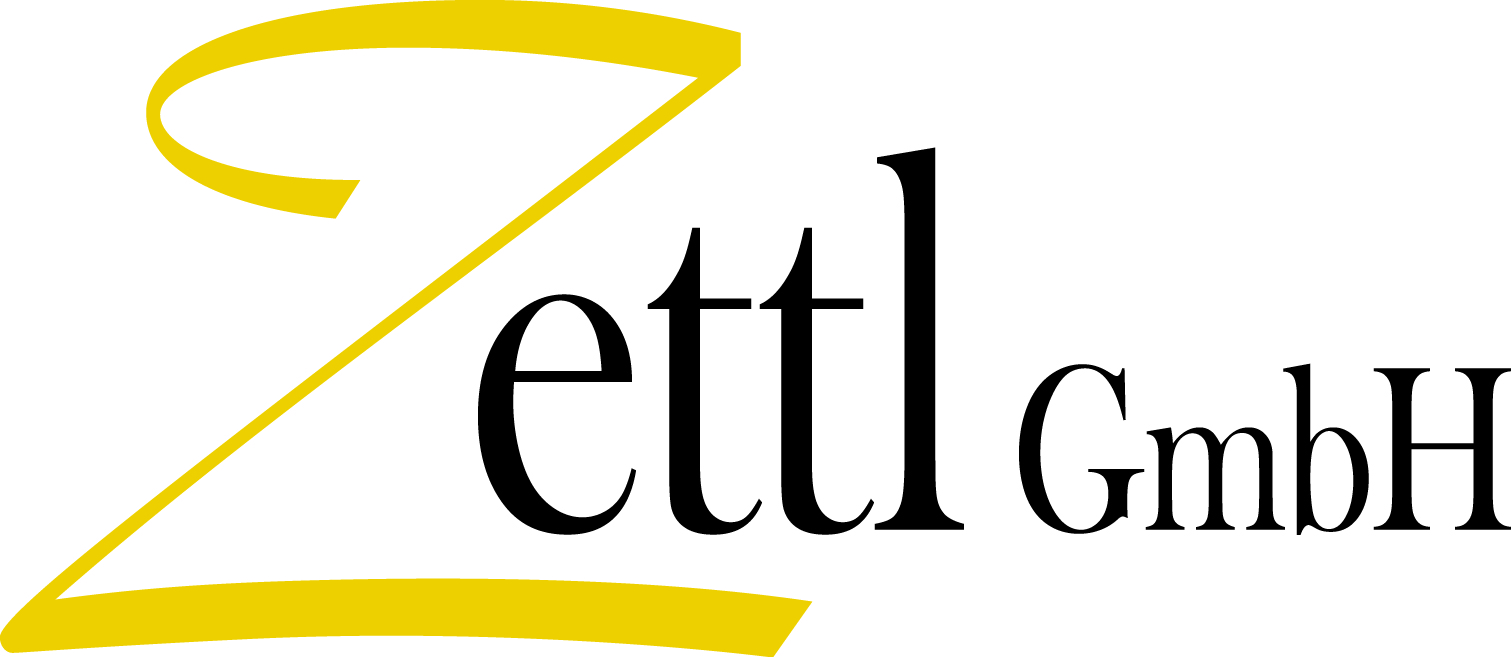
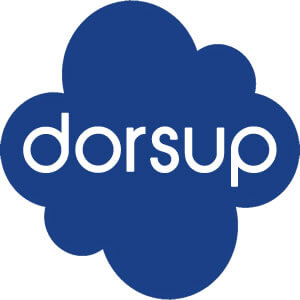
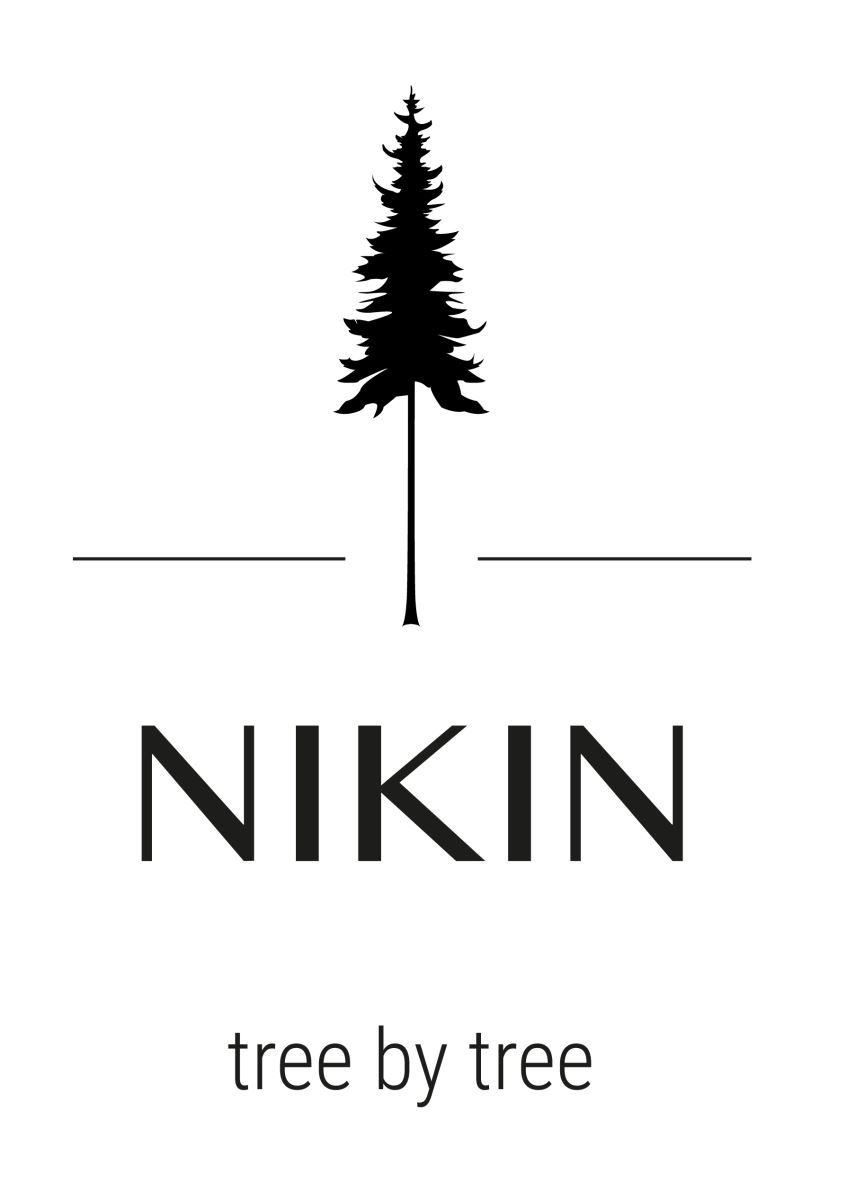
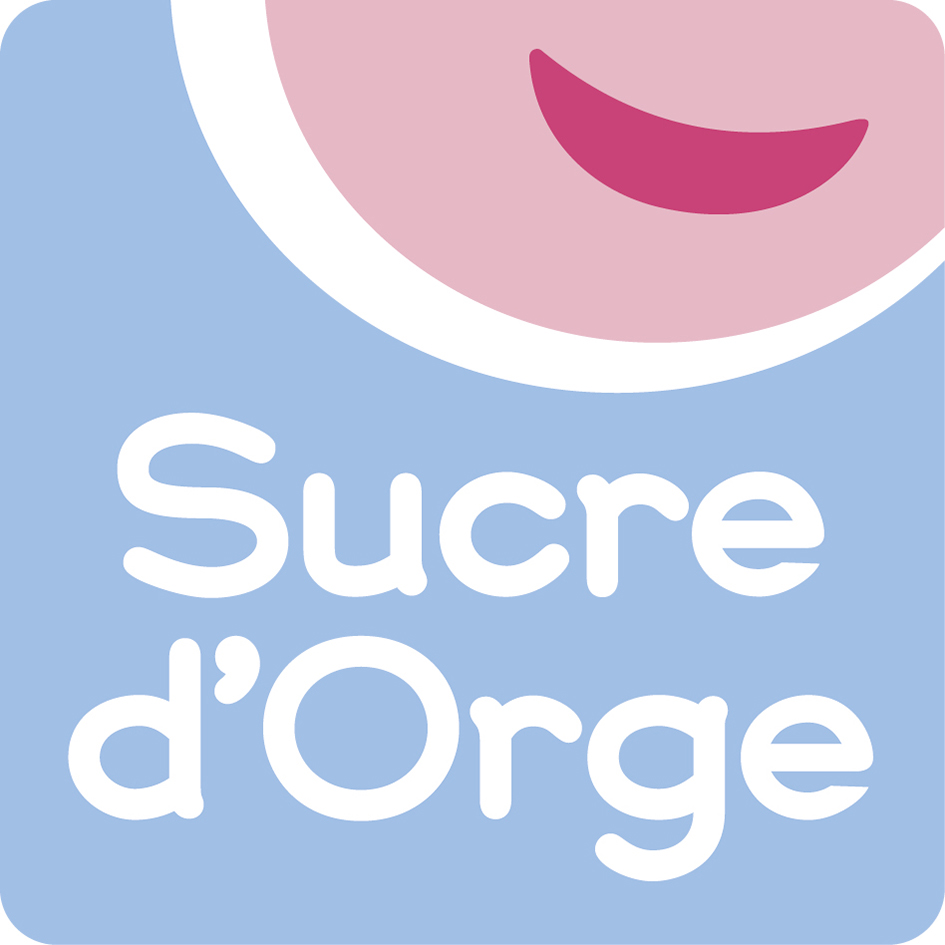
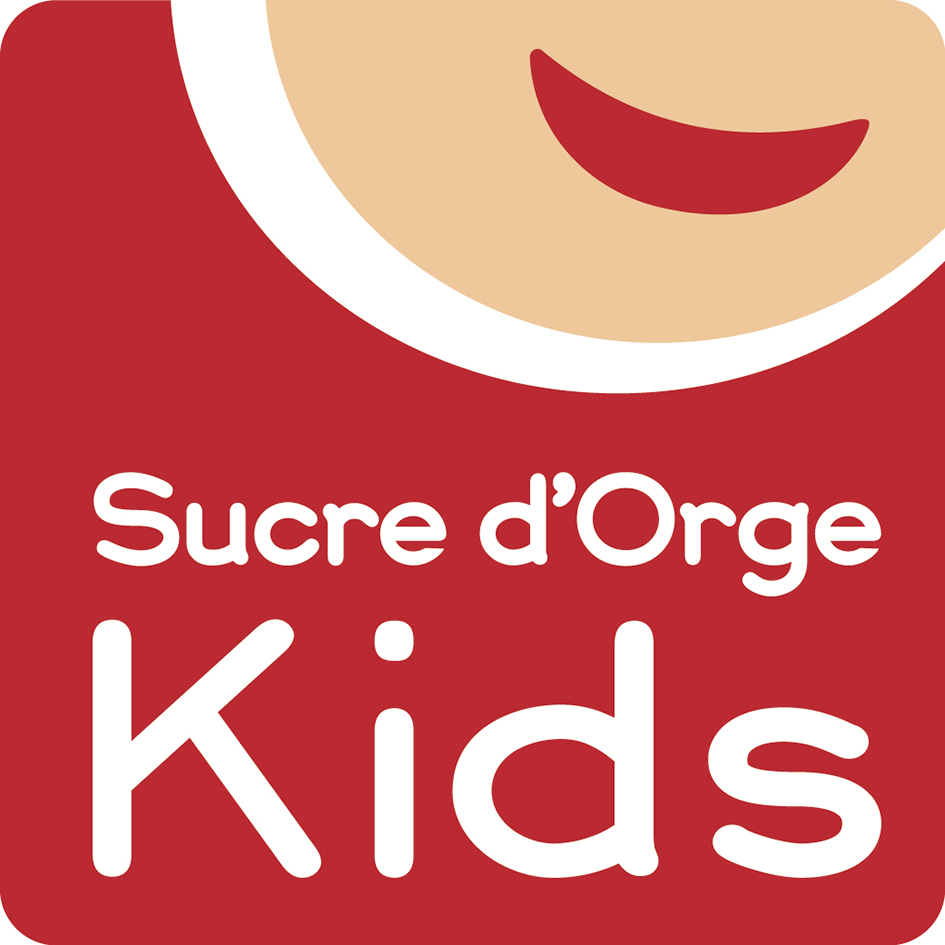
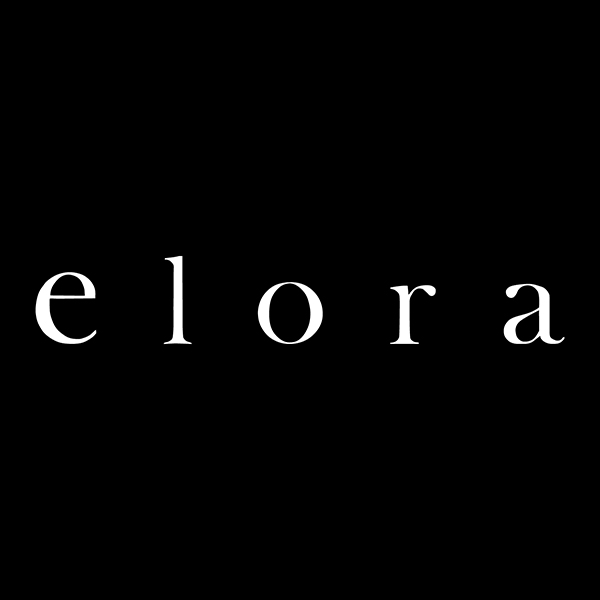

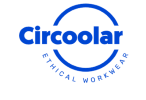
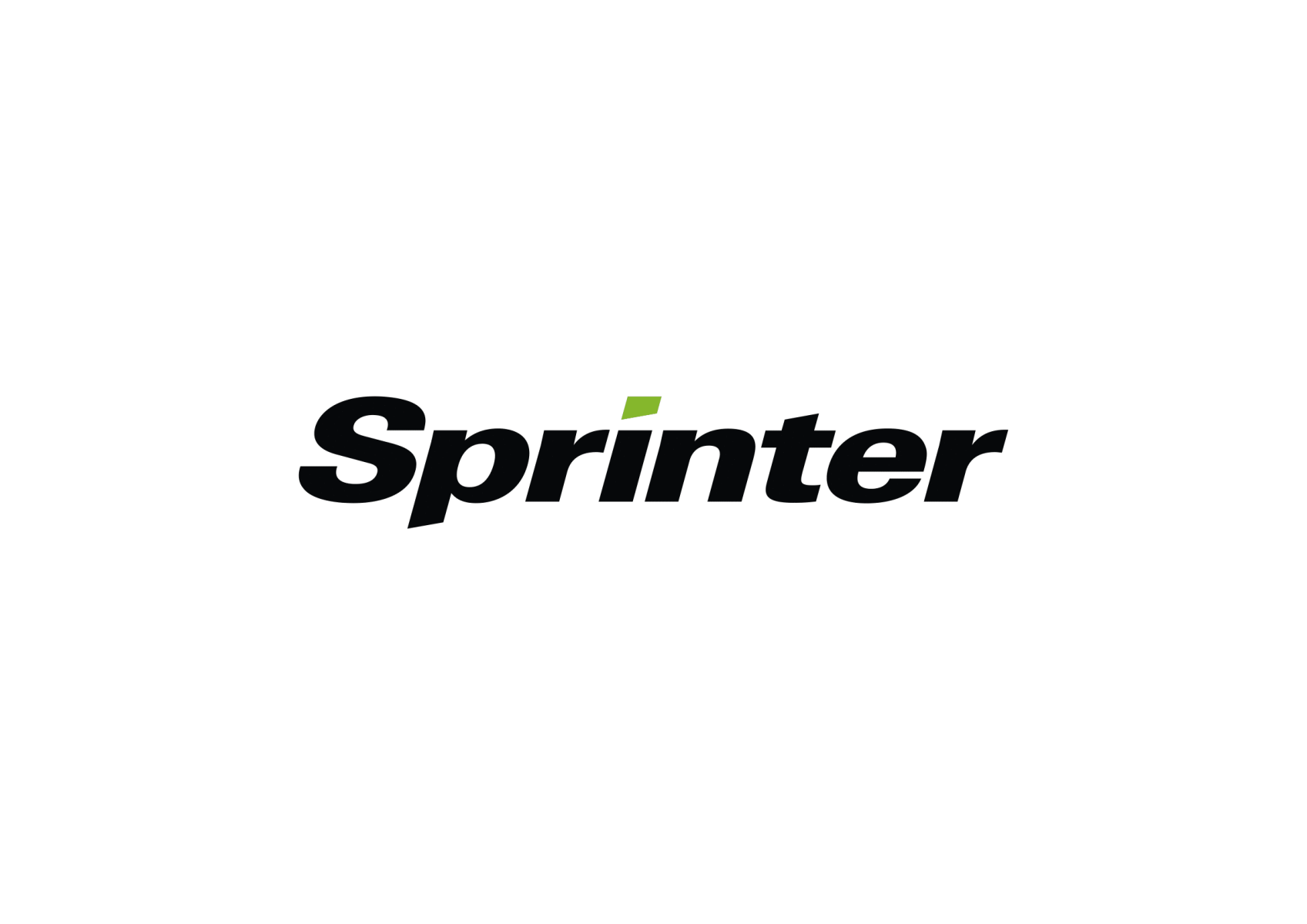

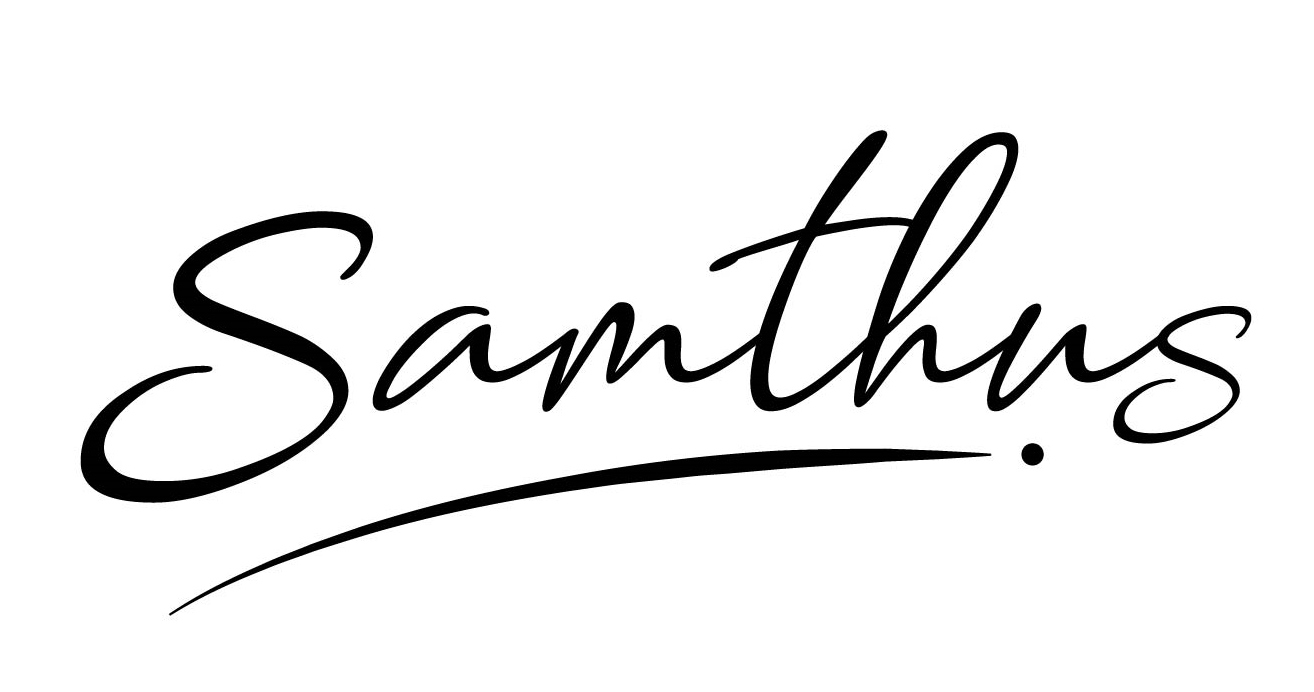
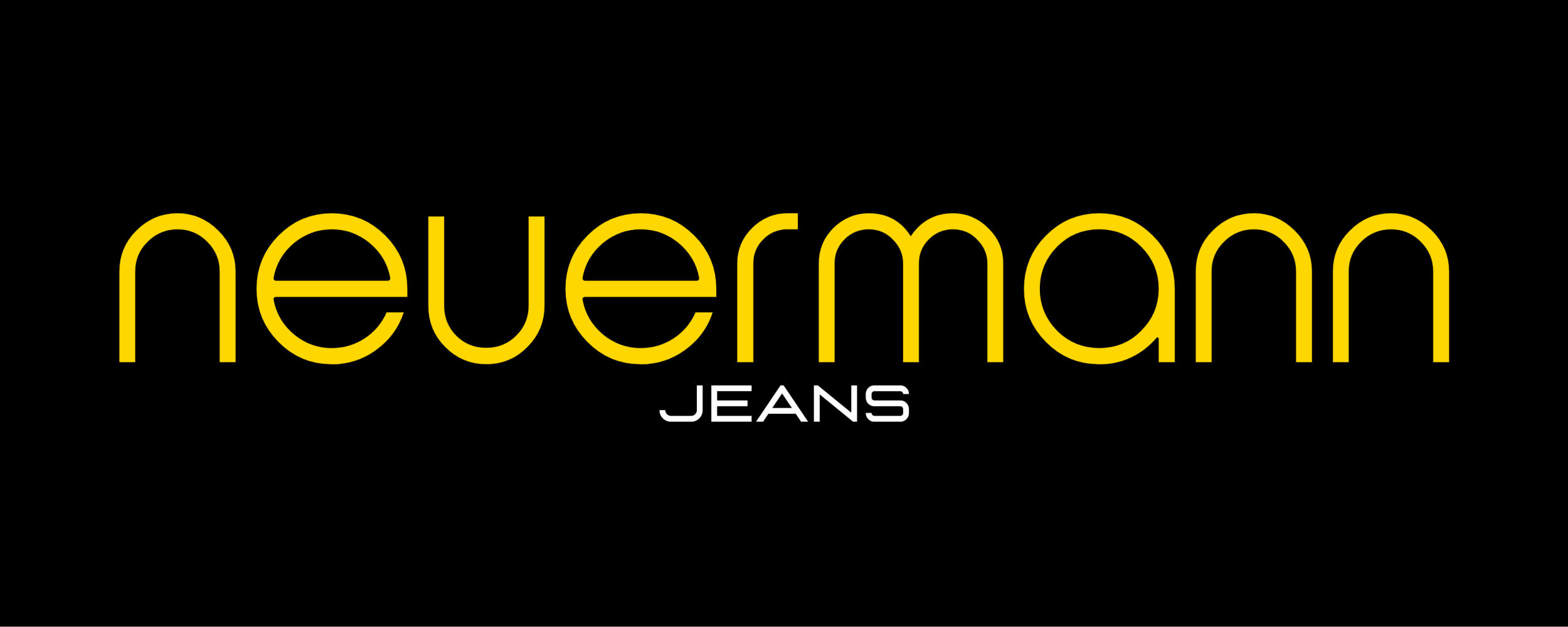
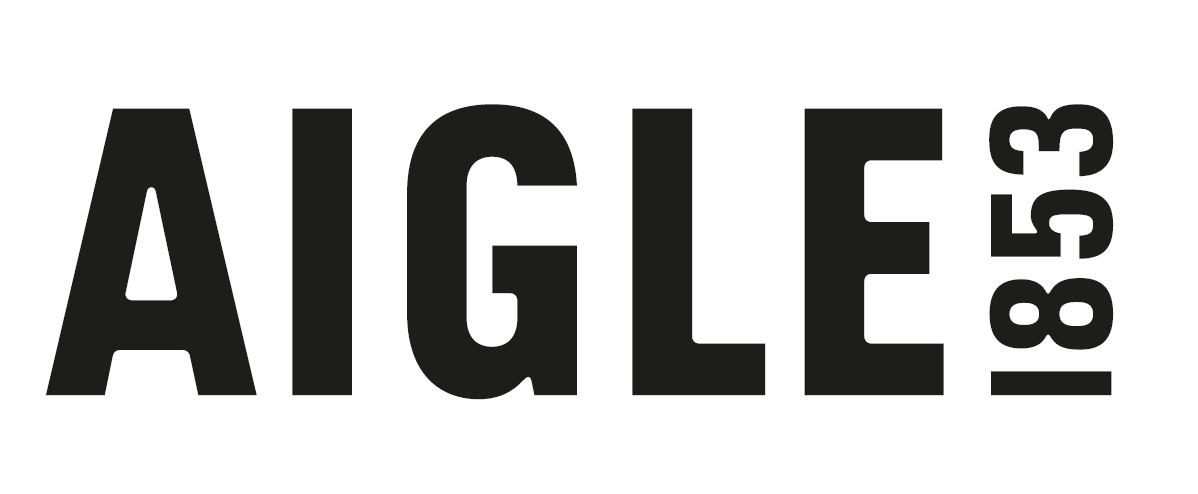
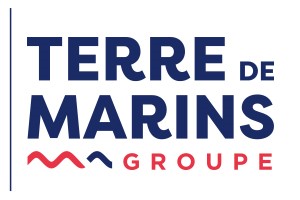

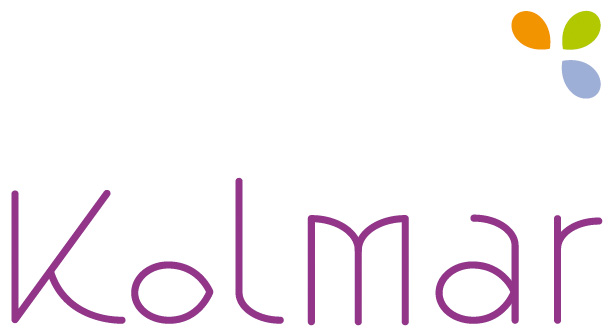
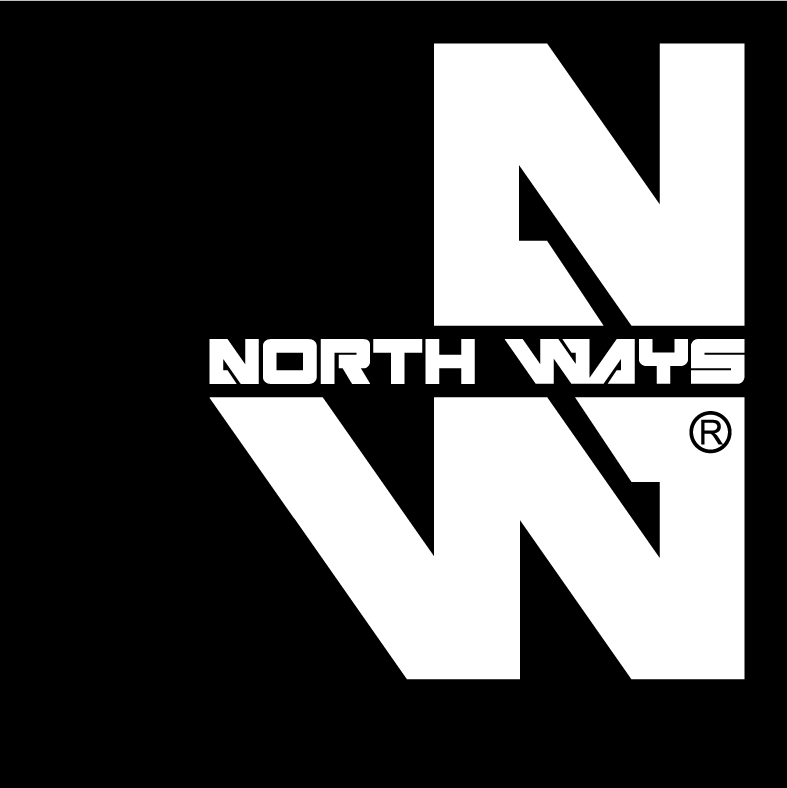
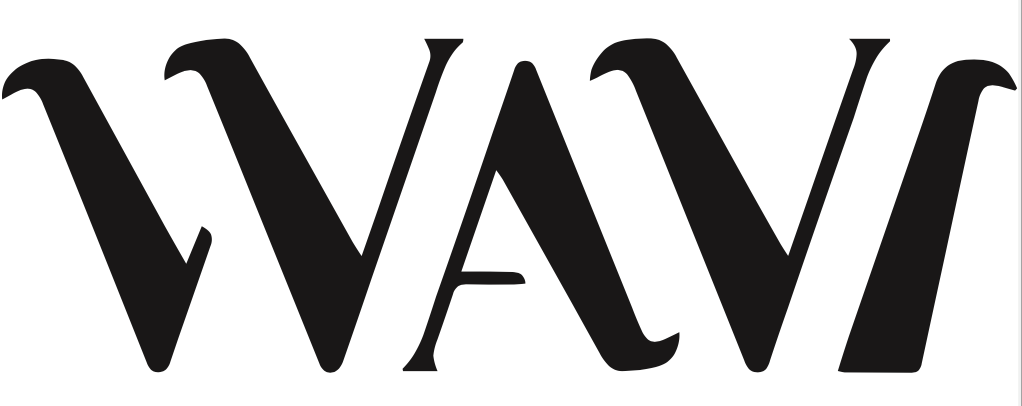
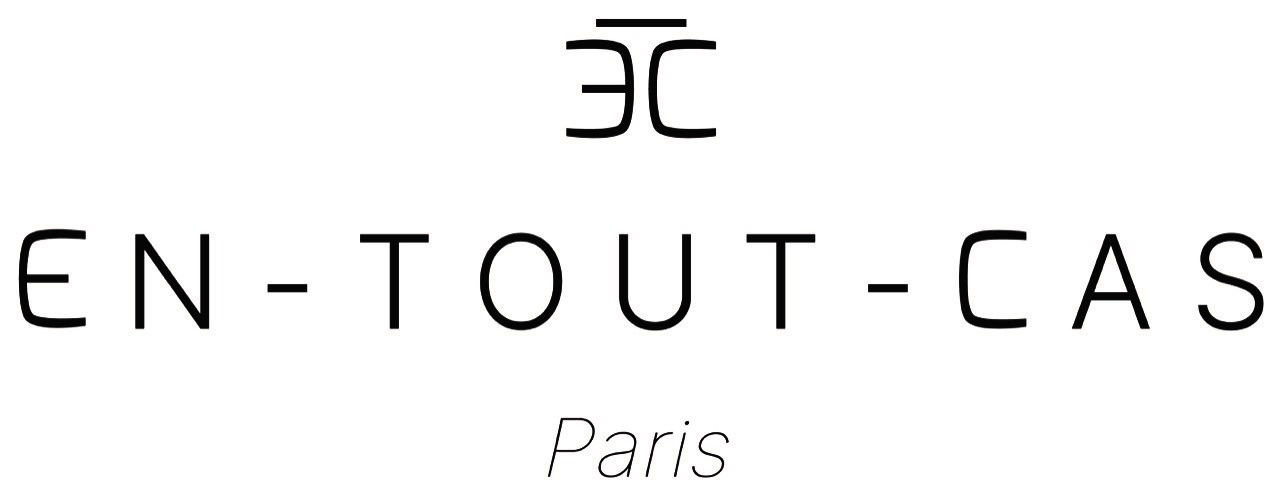
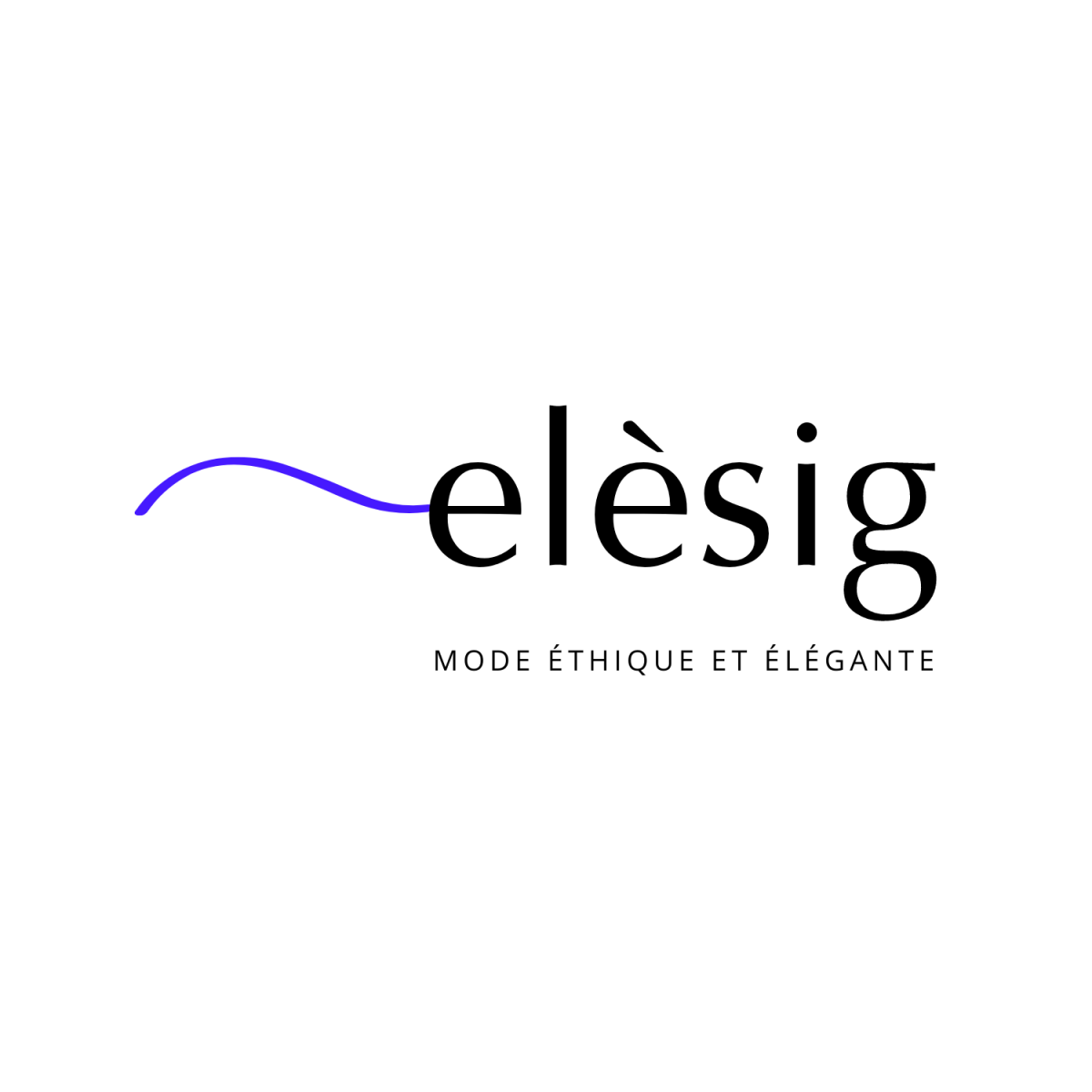
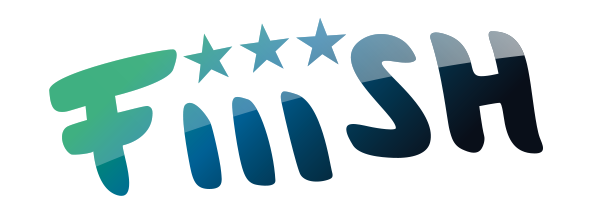
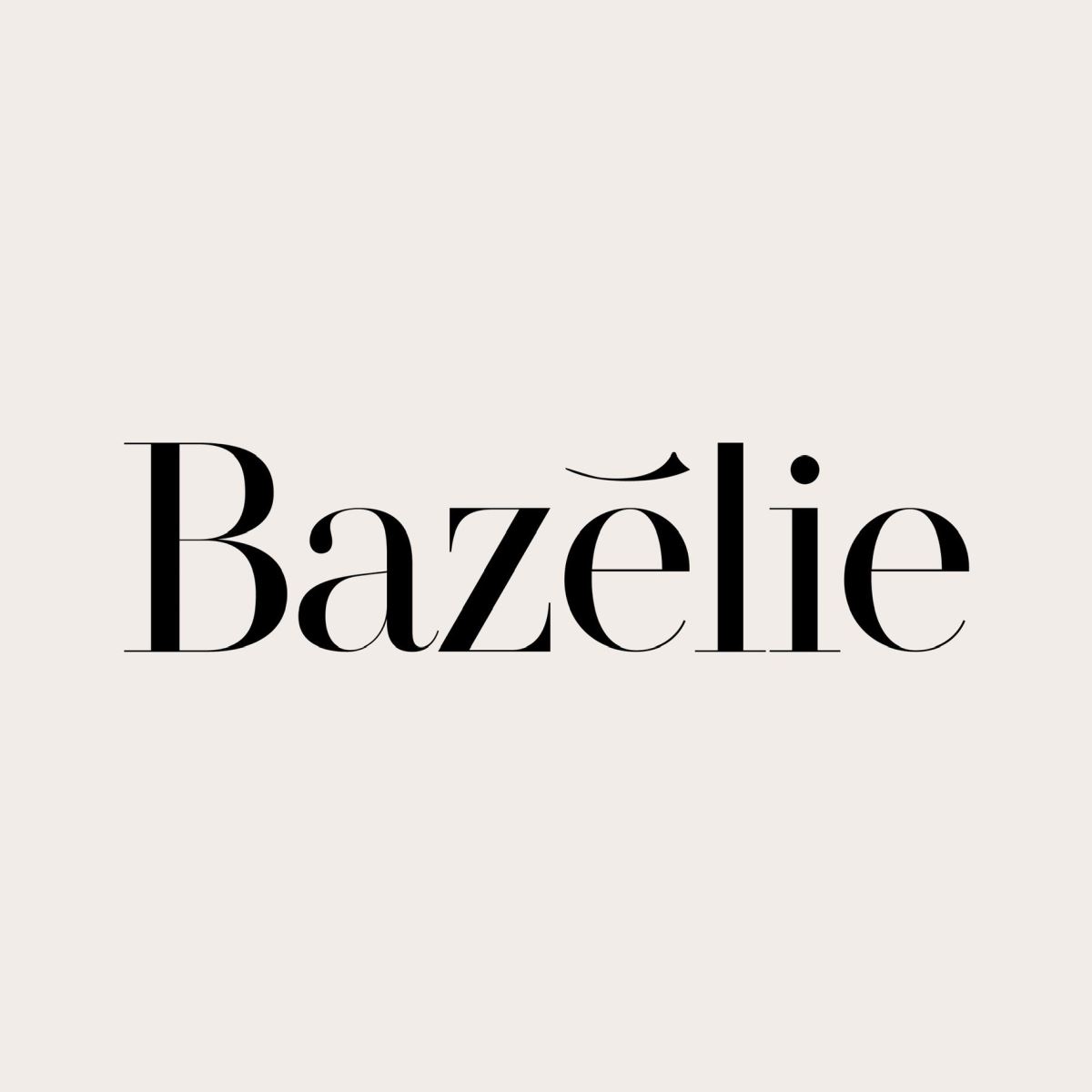
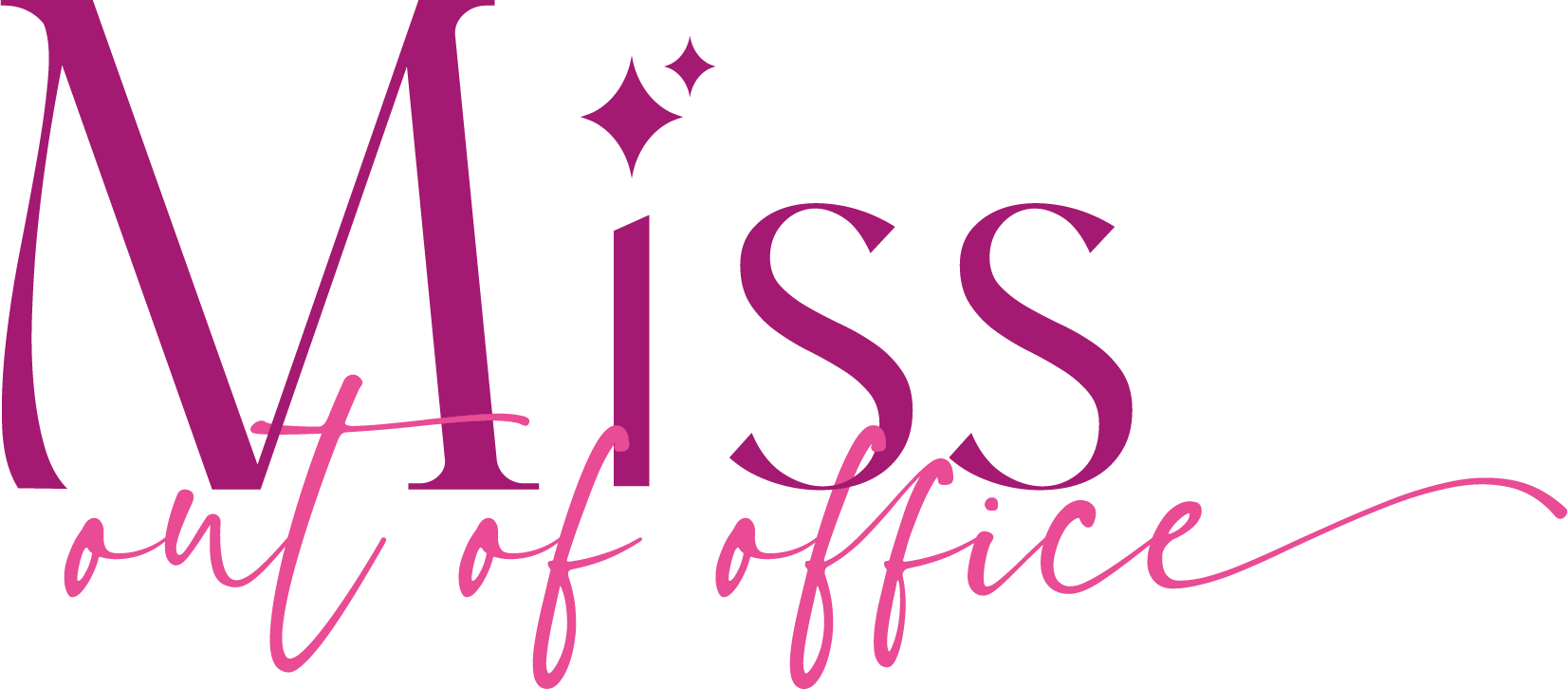
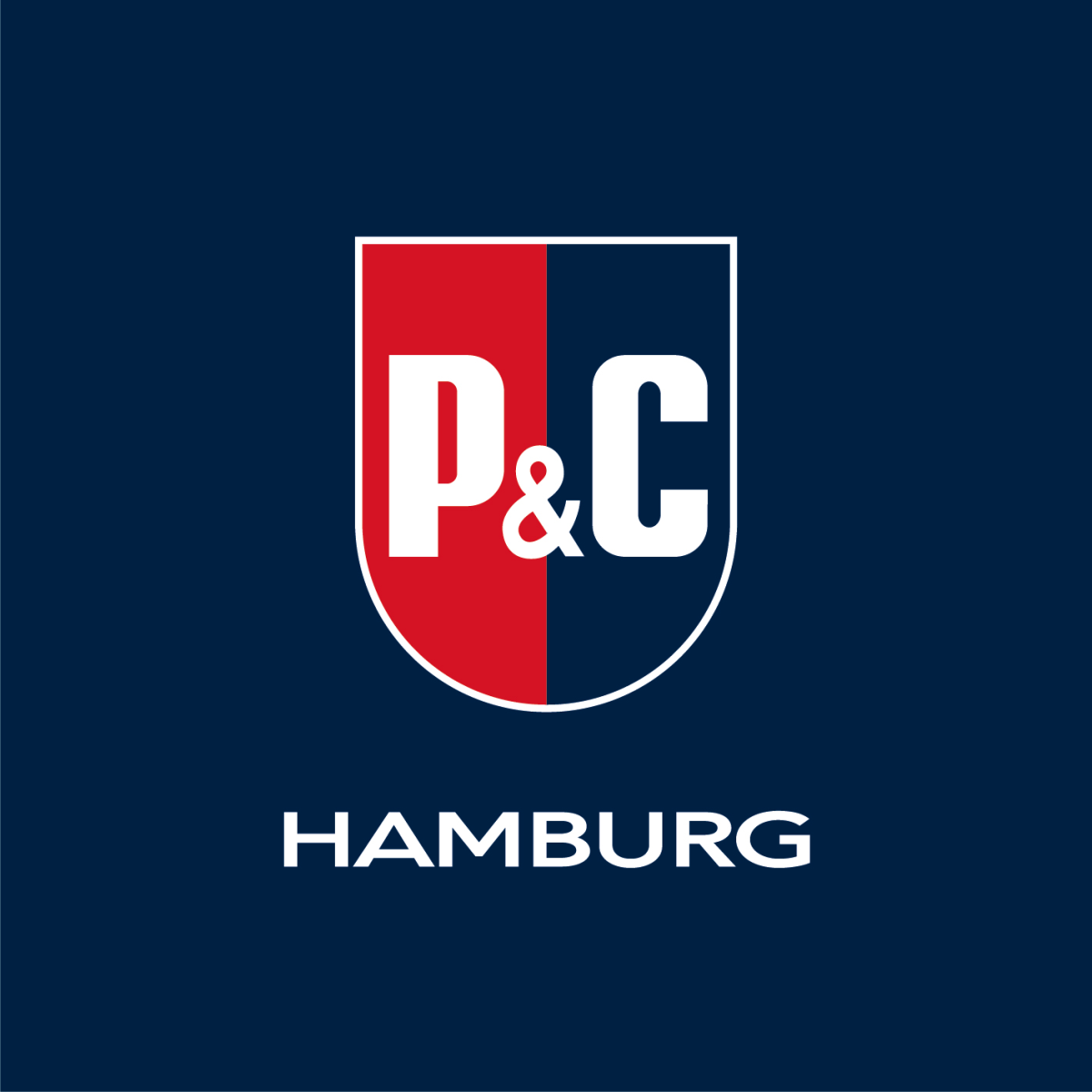
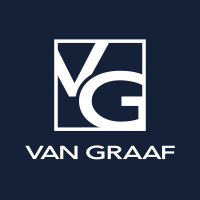
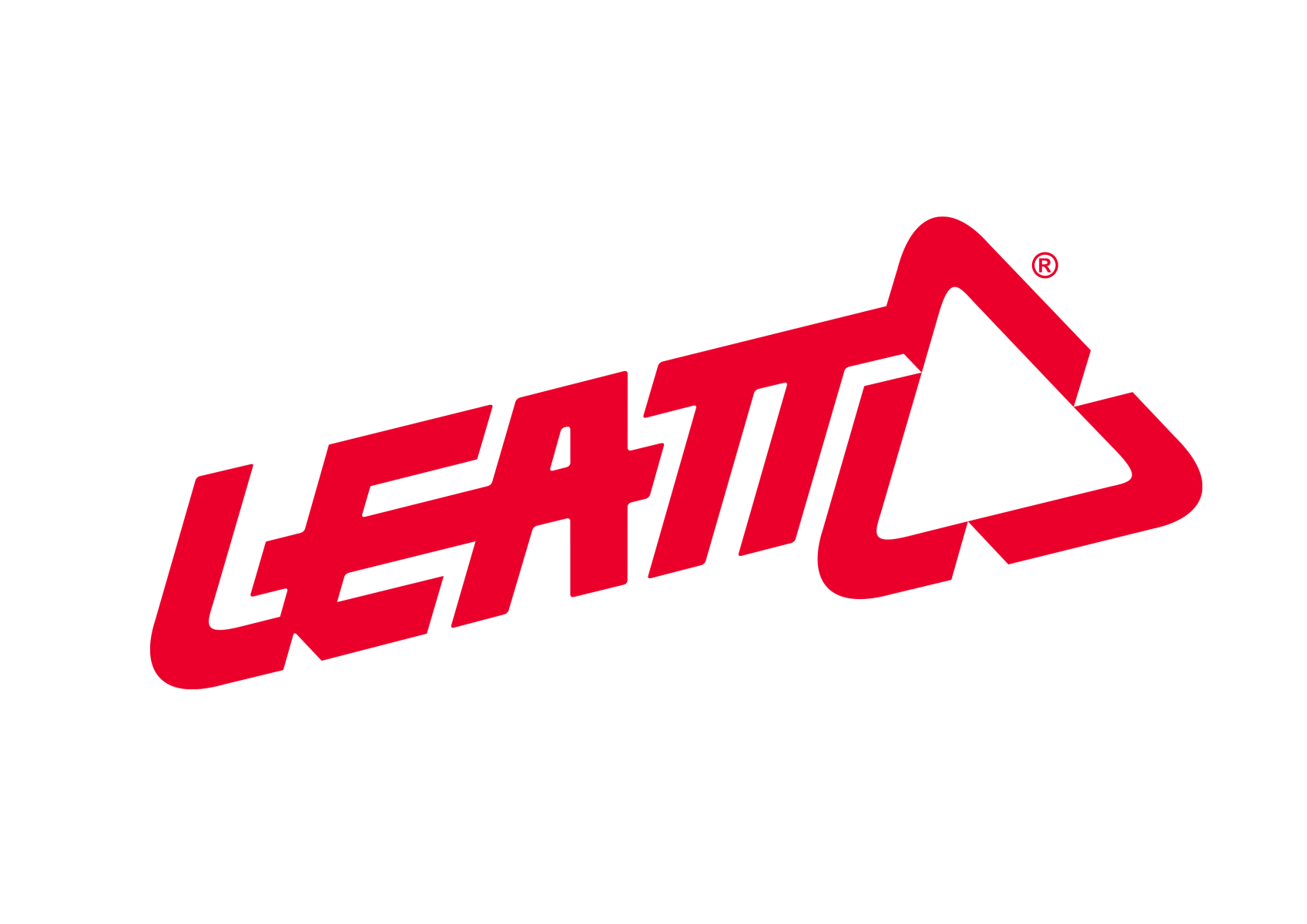
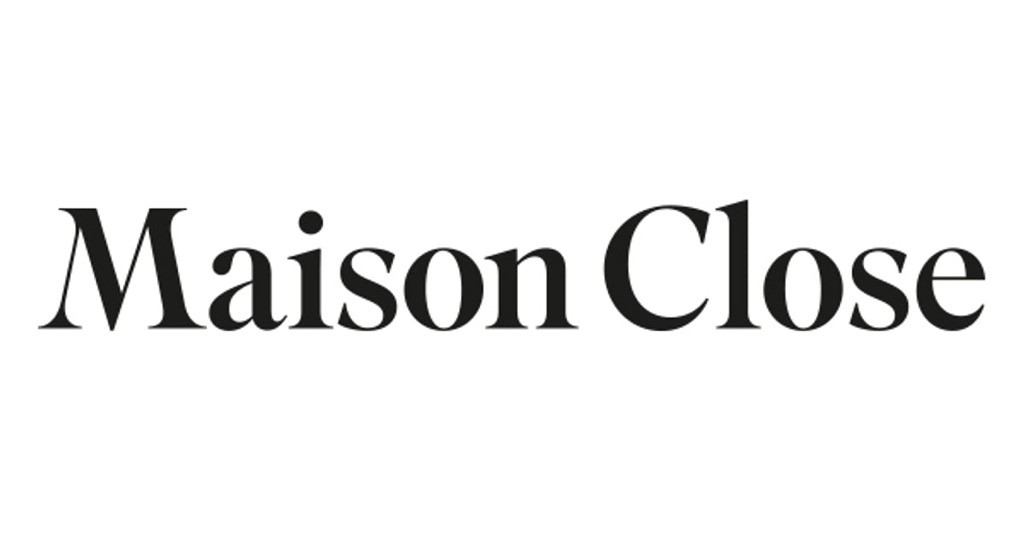
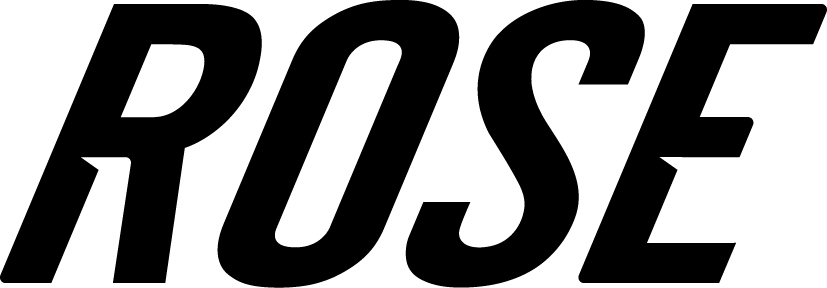
.jpeg)
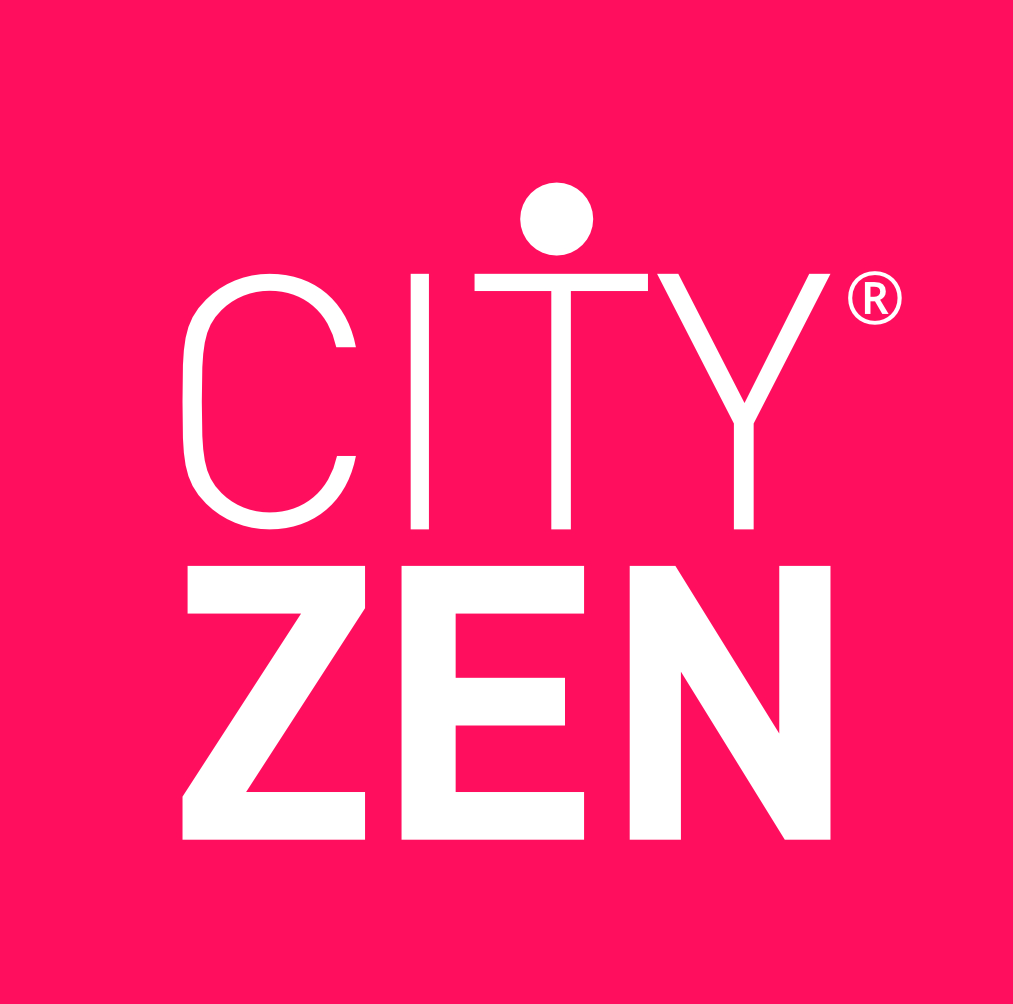
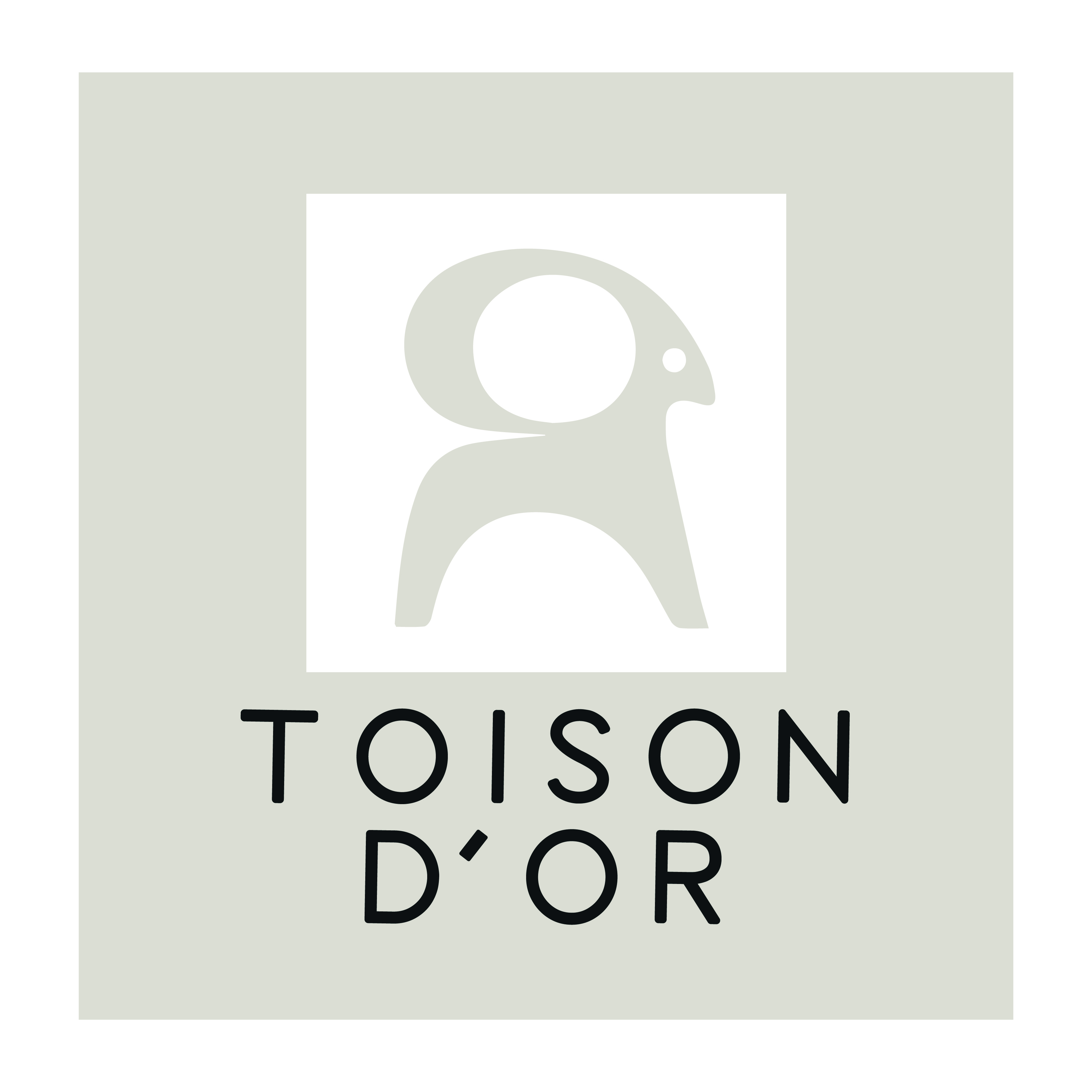
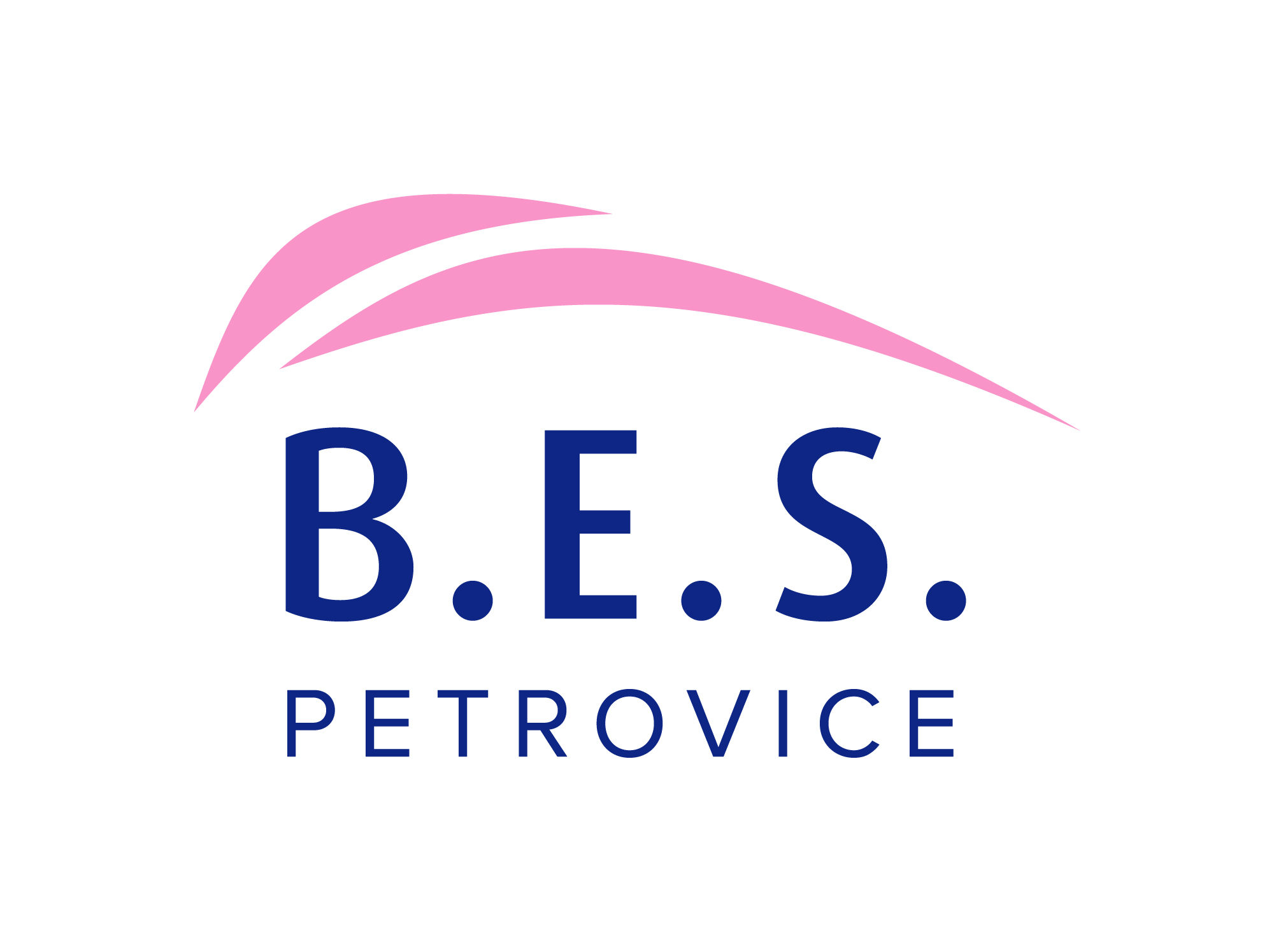
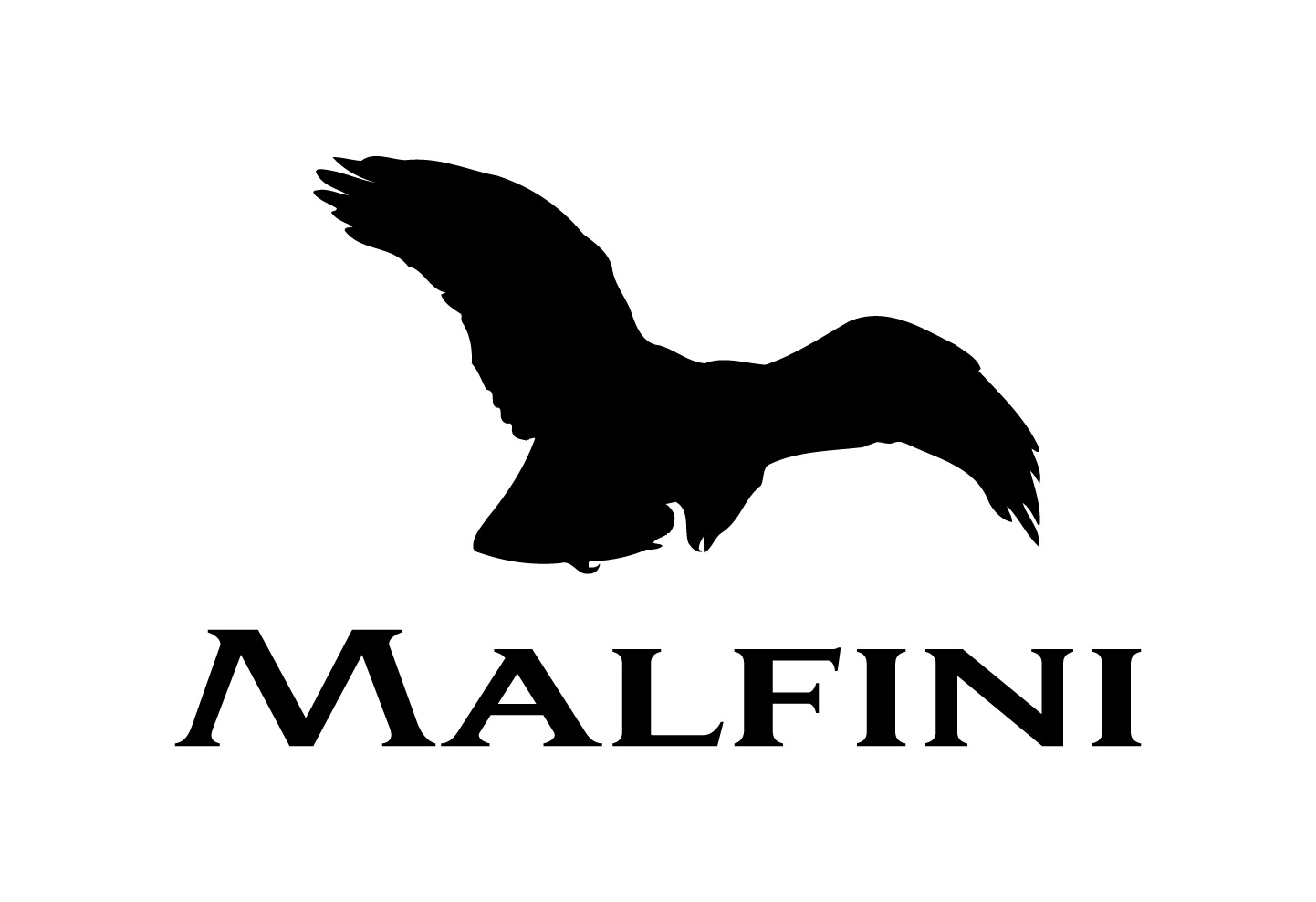

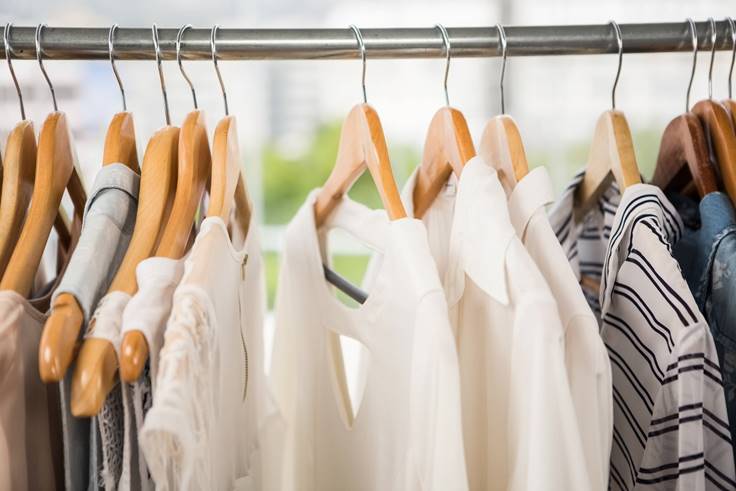
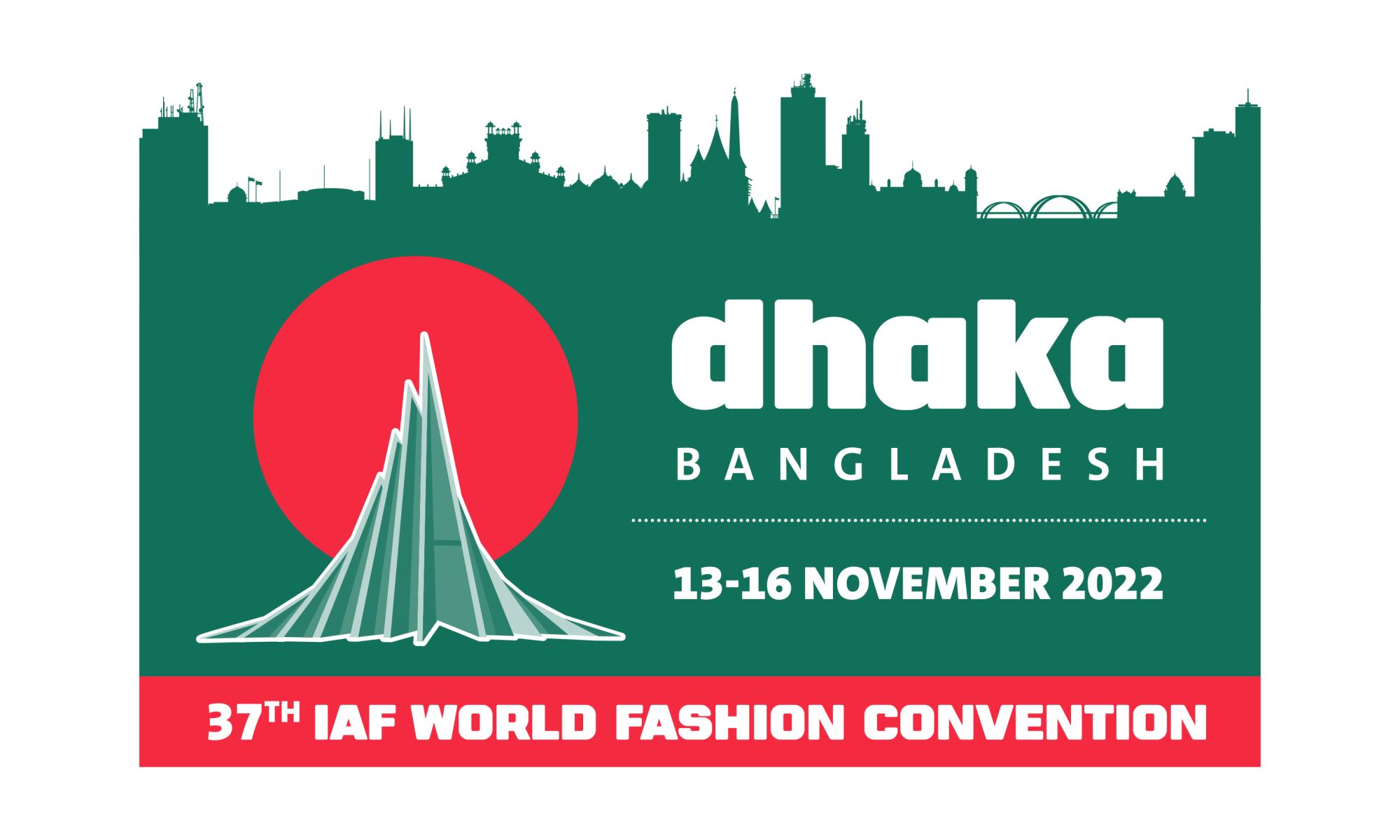 Newsletter n°25
Newsletter n°25

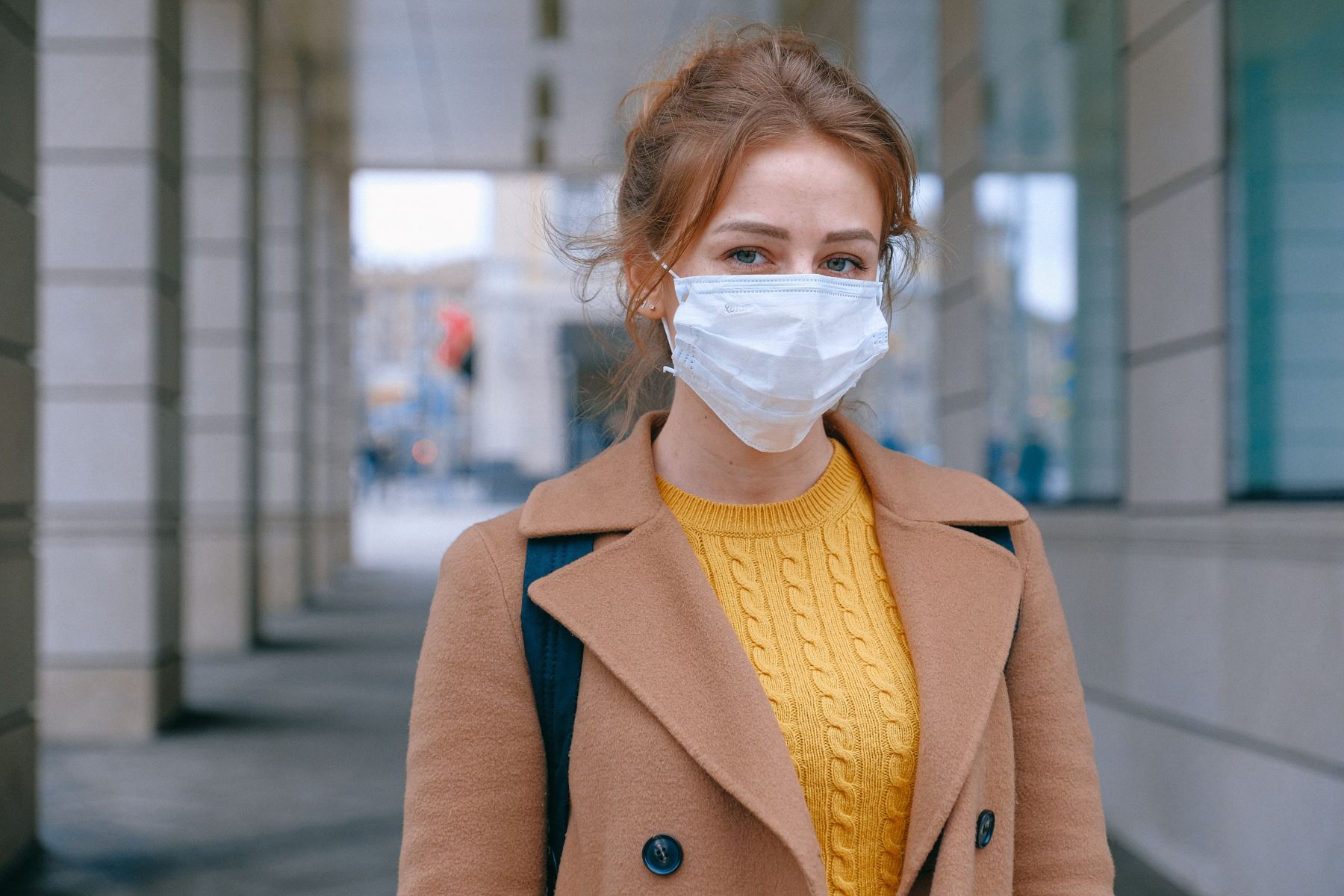


 Newsletter n°22
Newsletter n°22 Newsletter n°24
Newsletter n°24